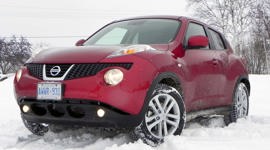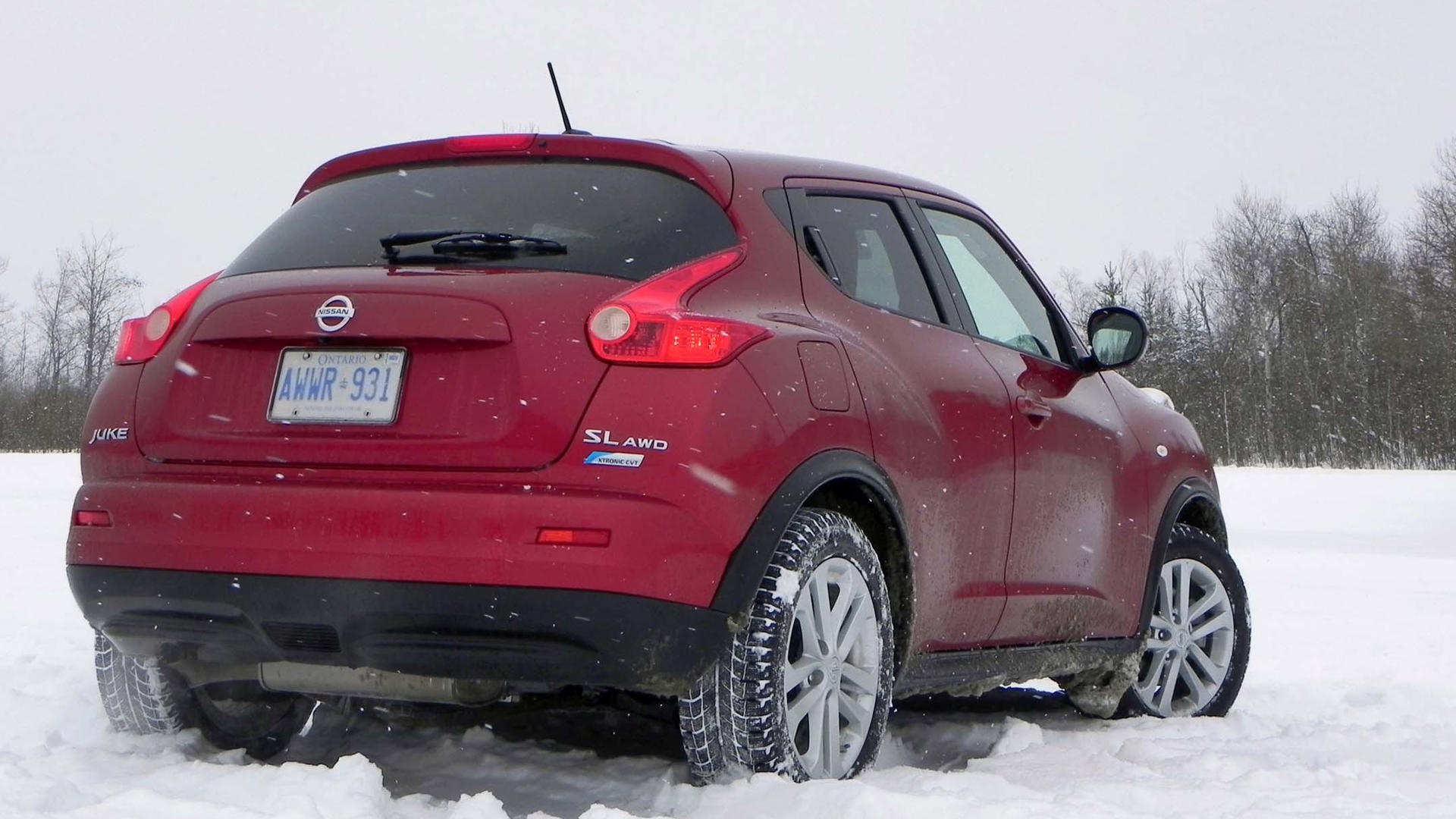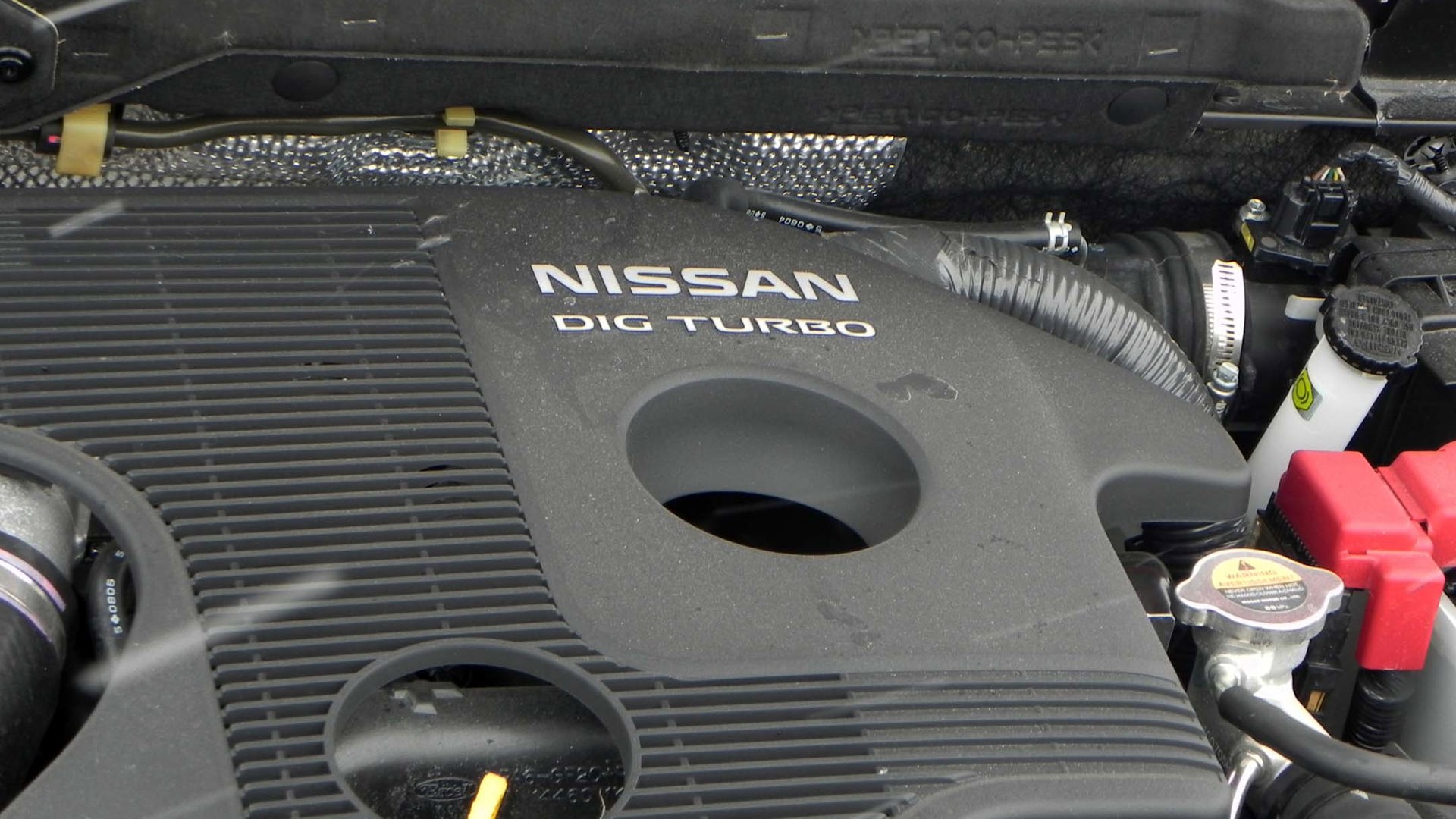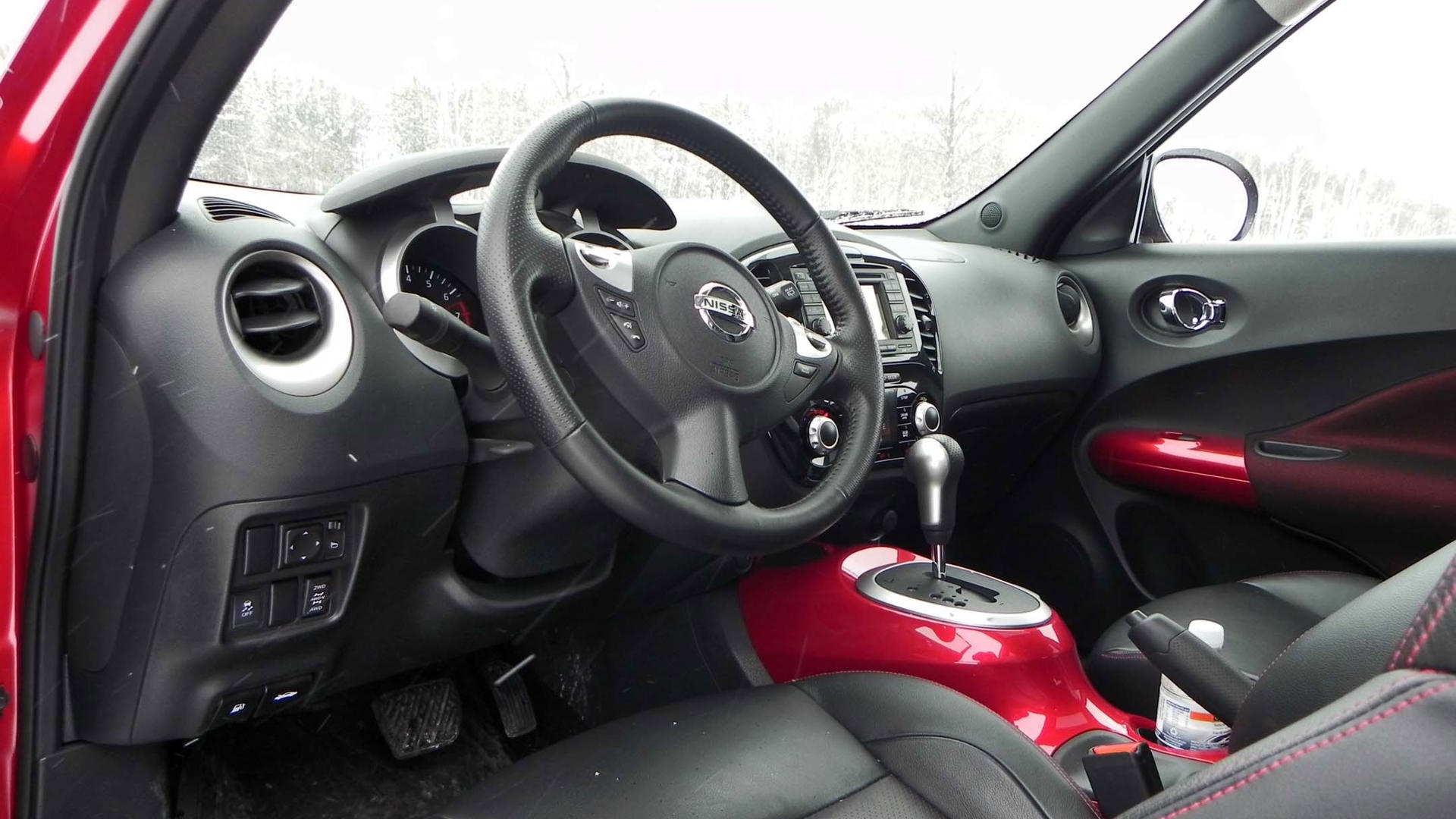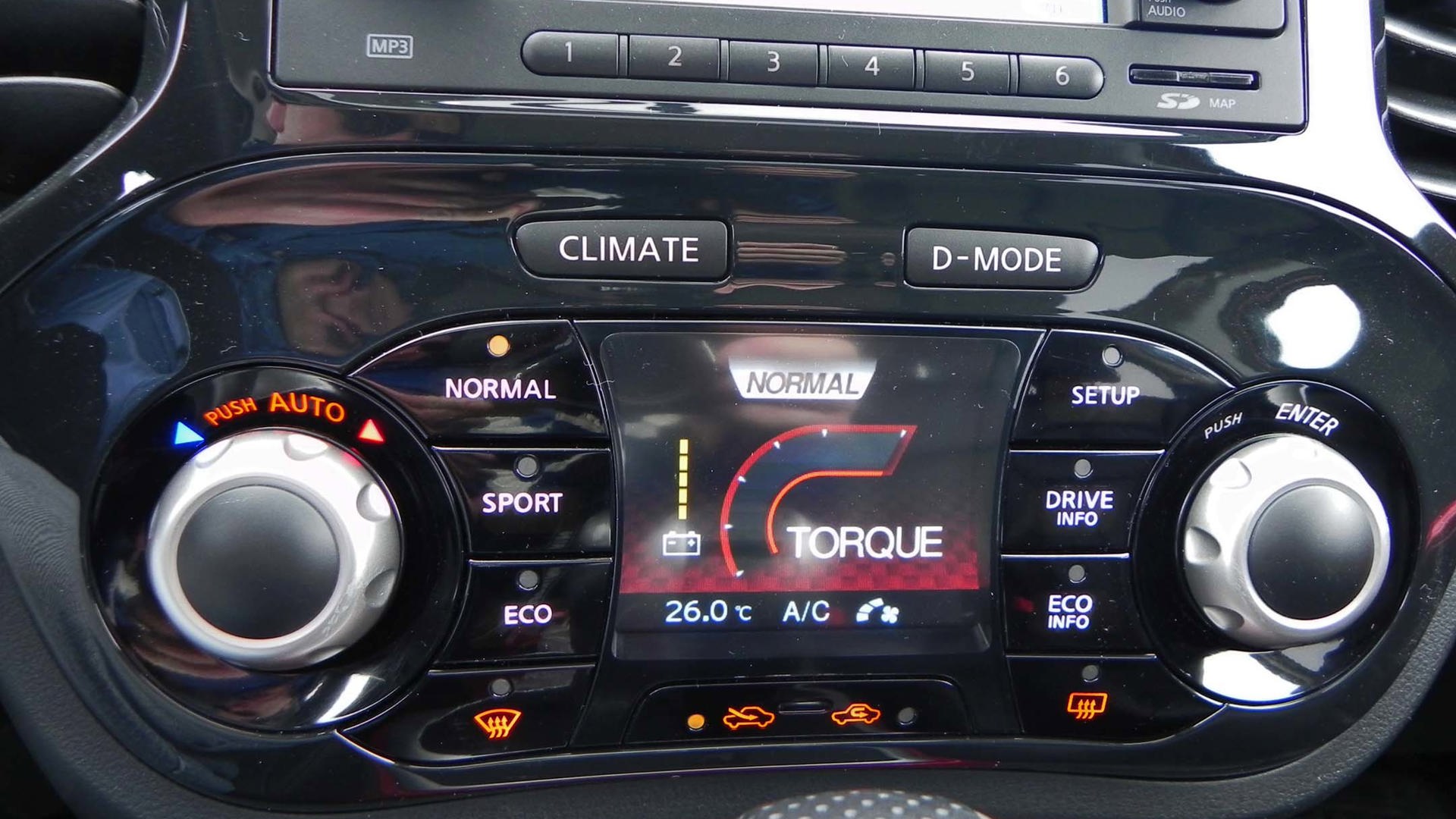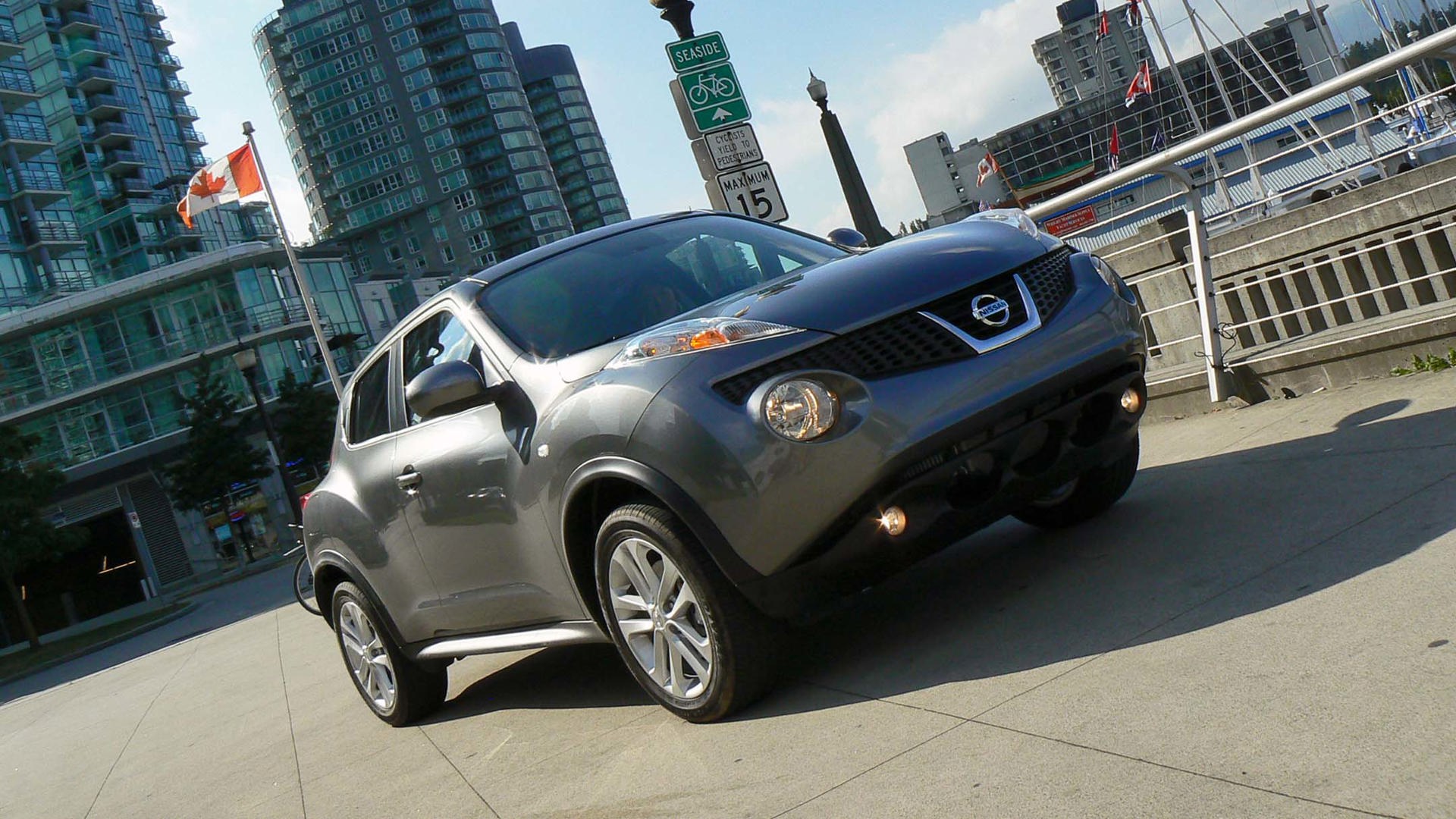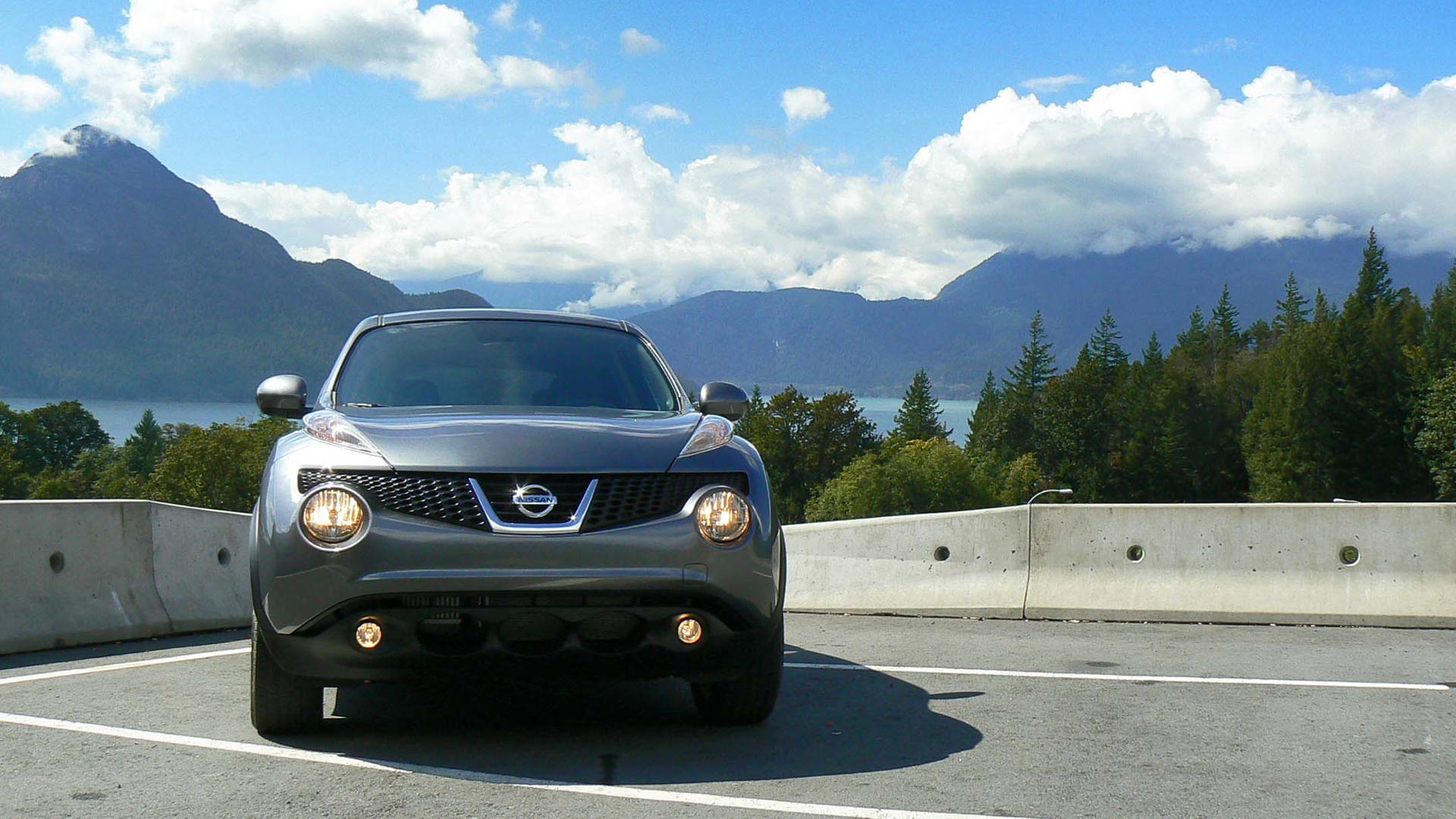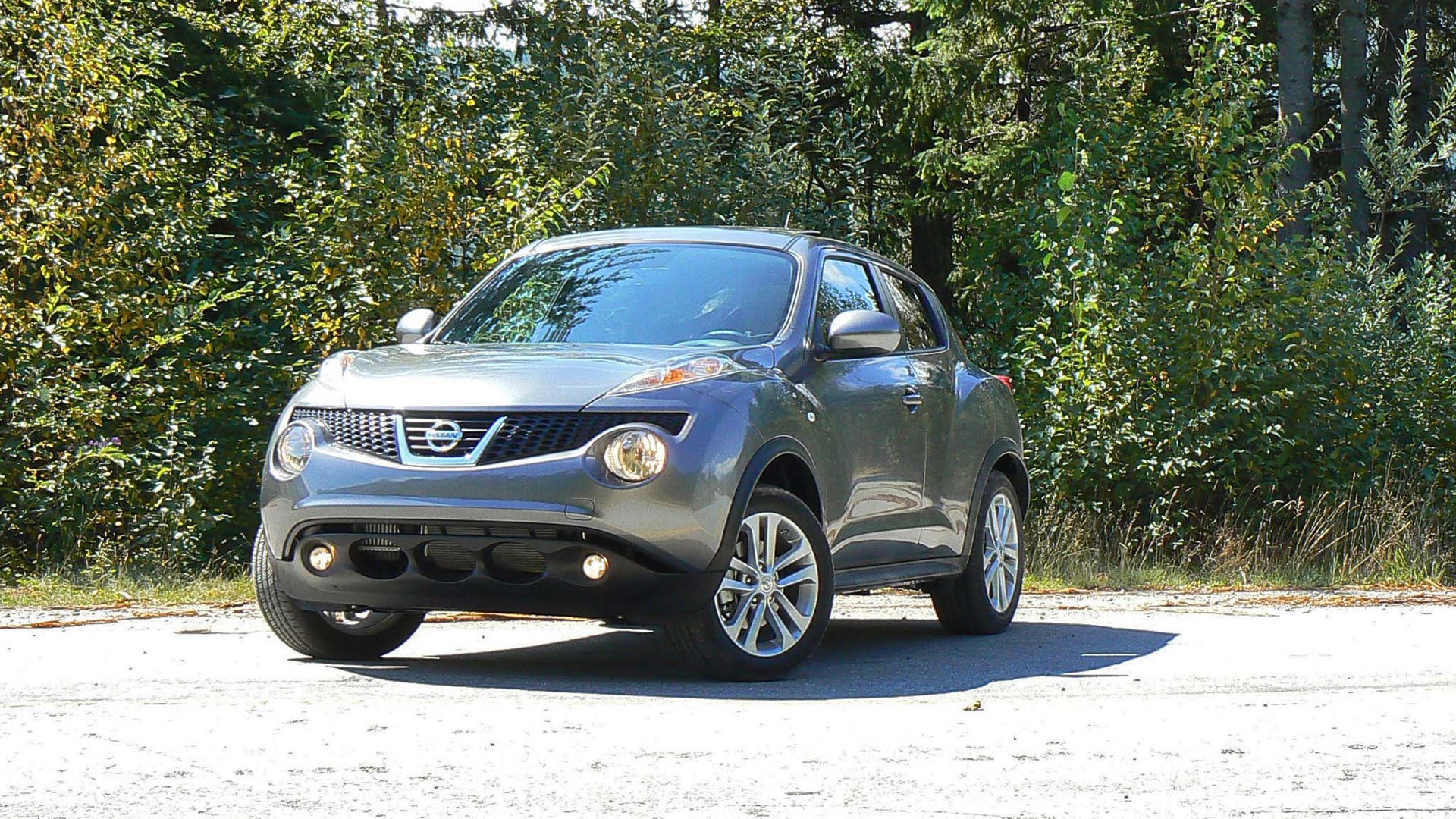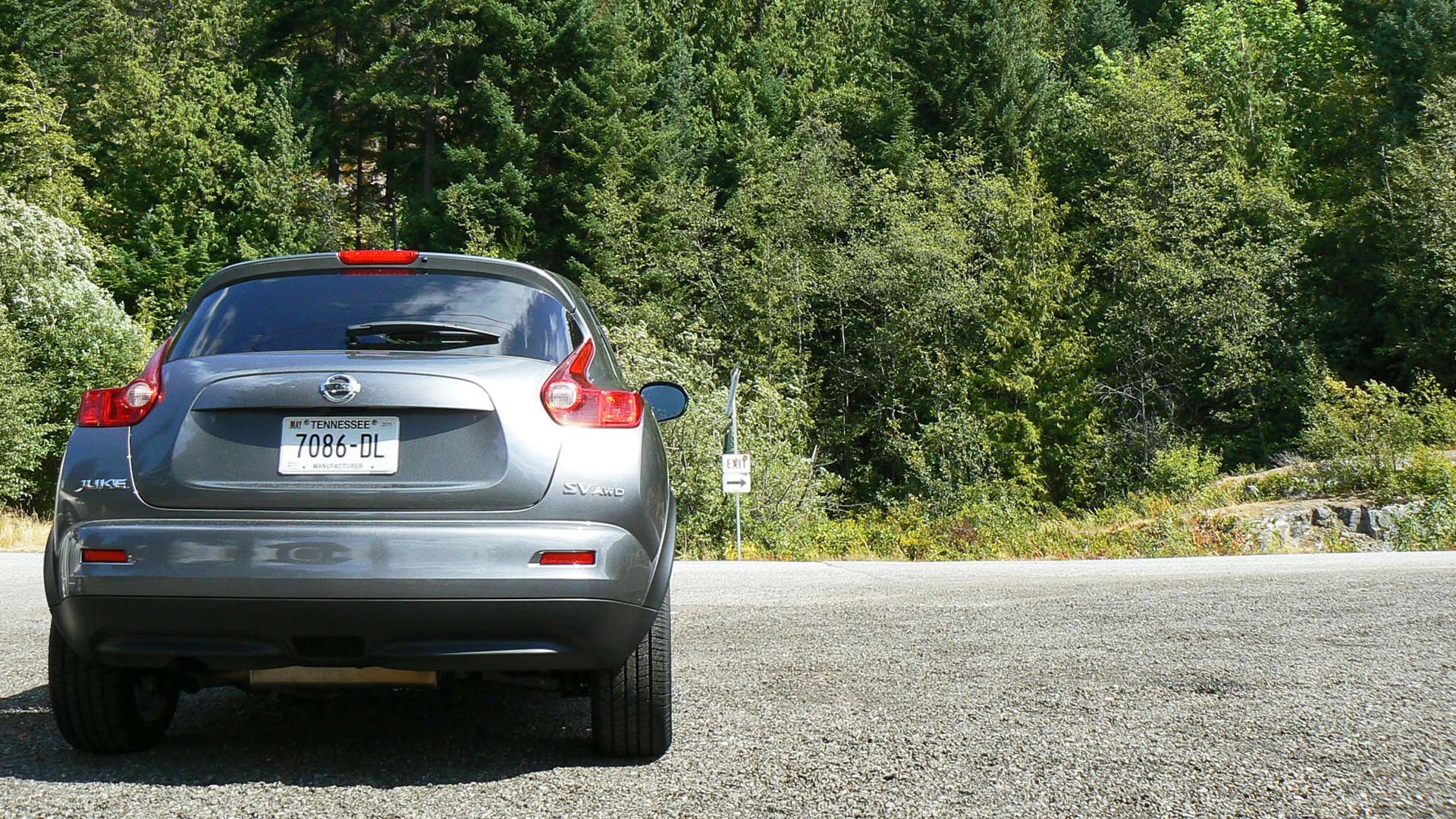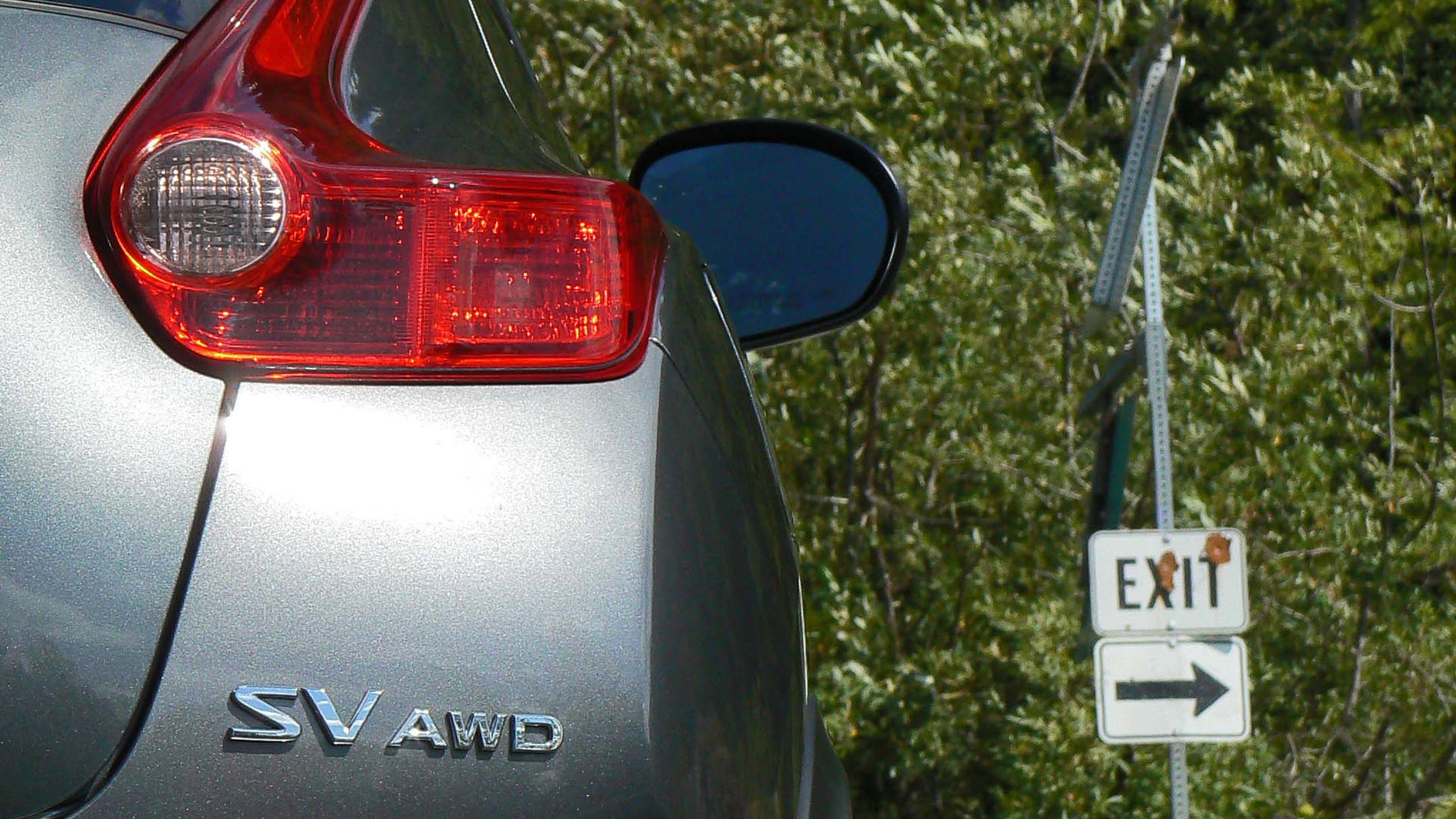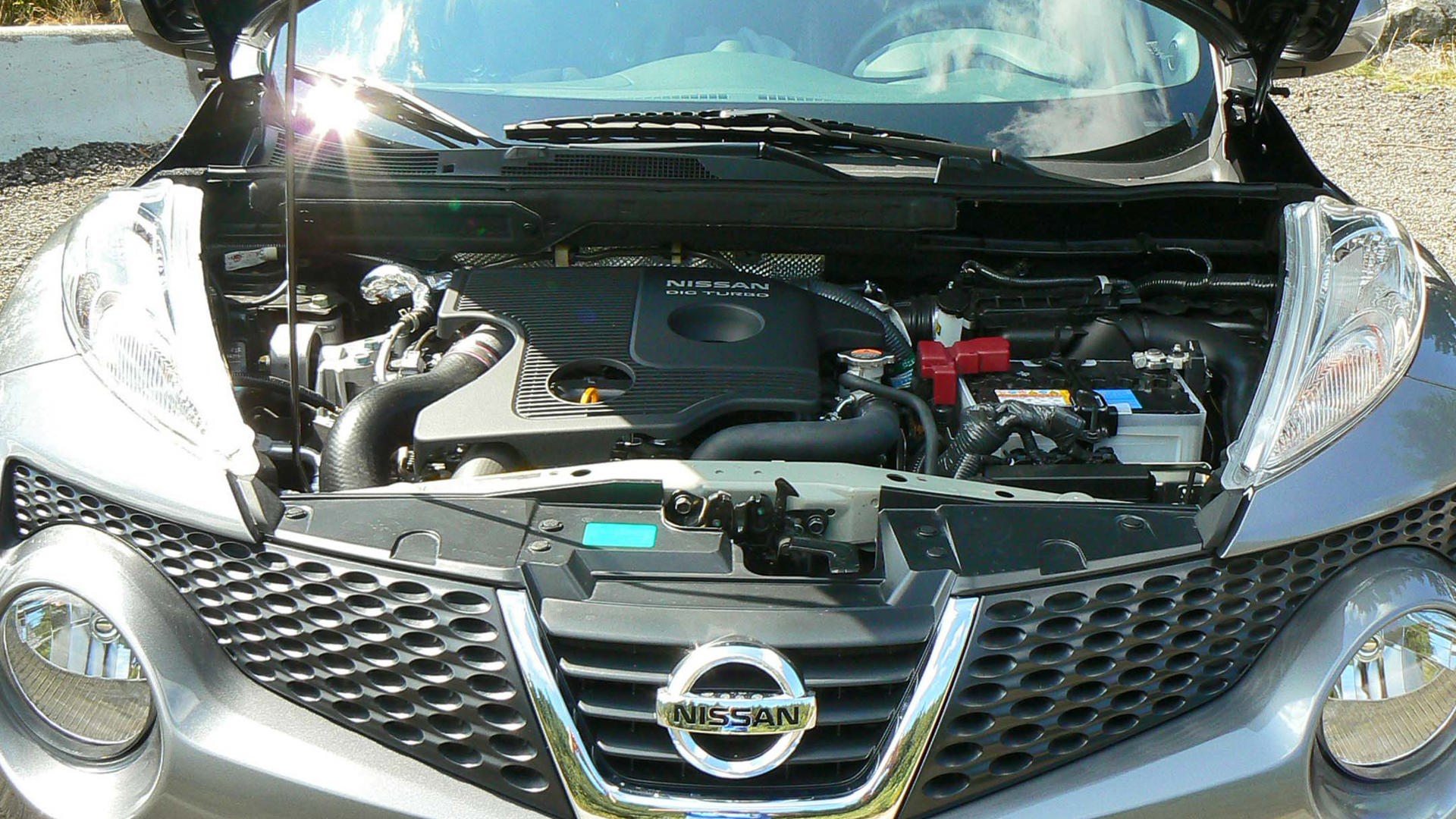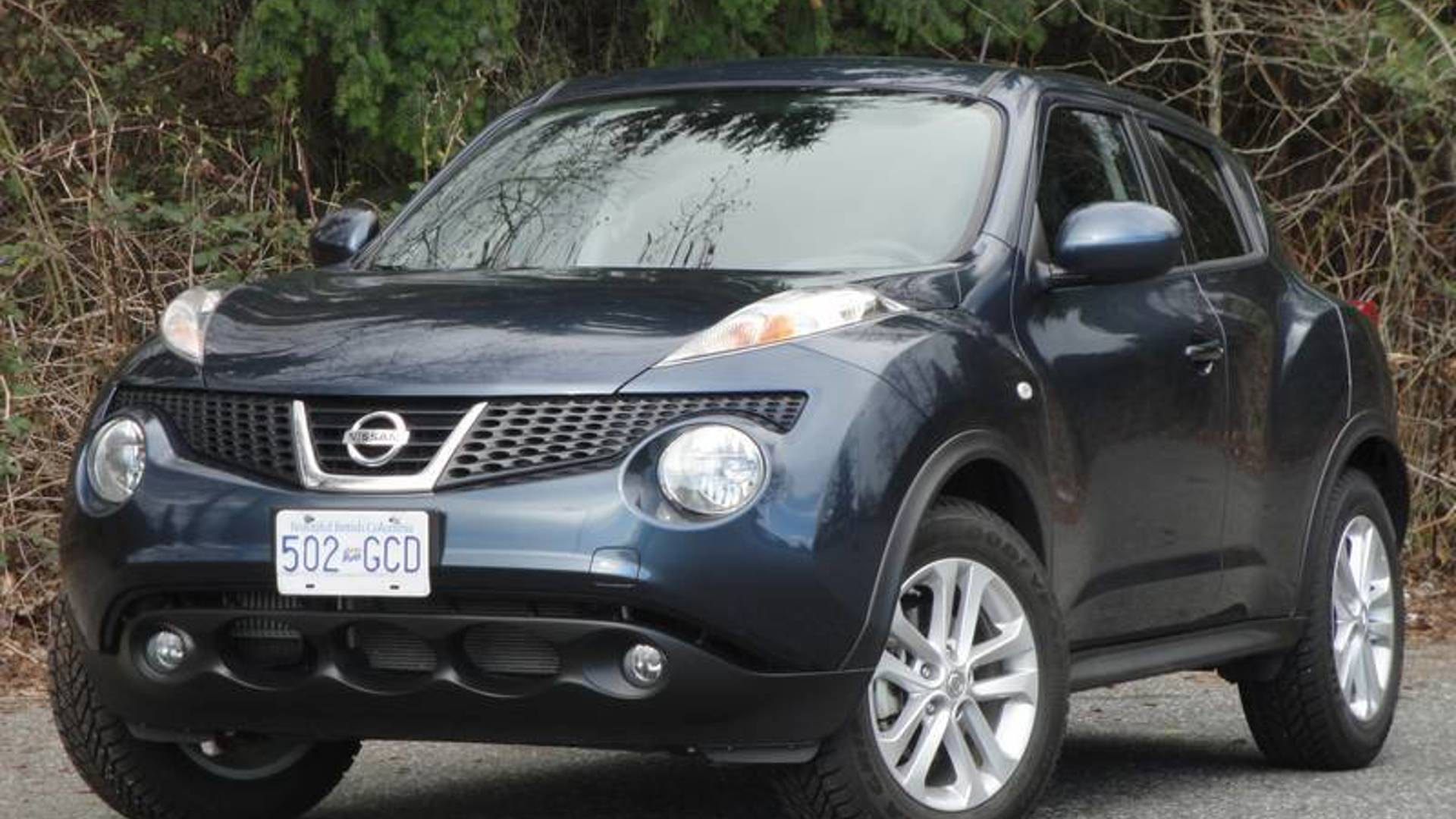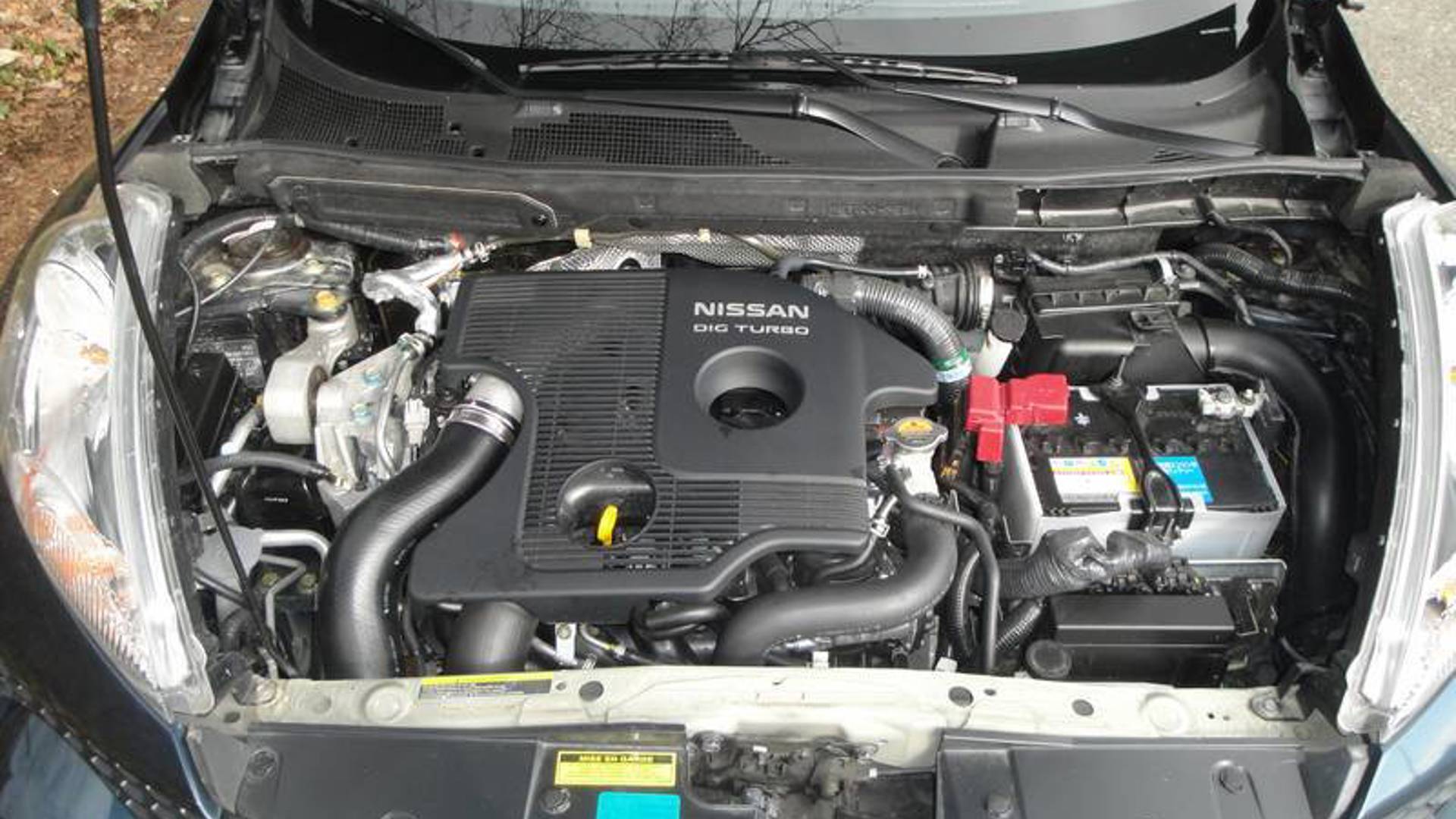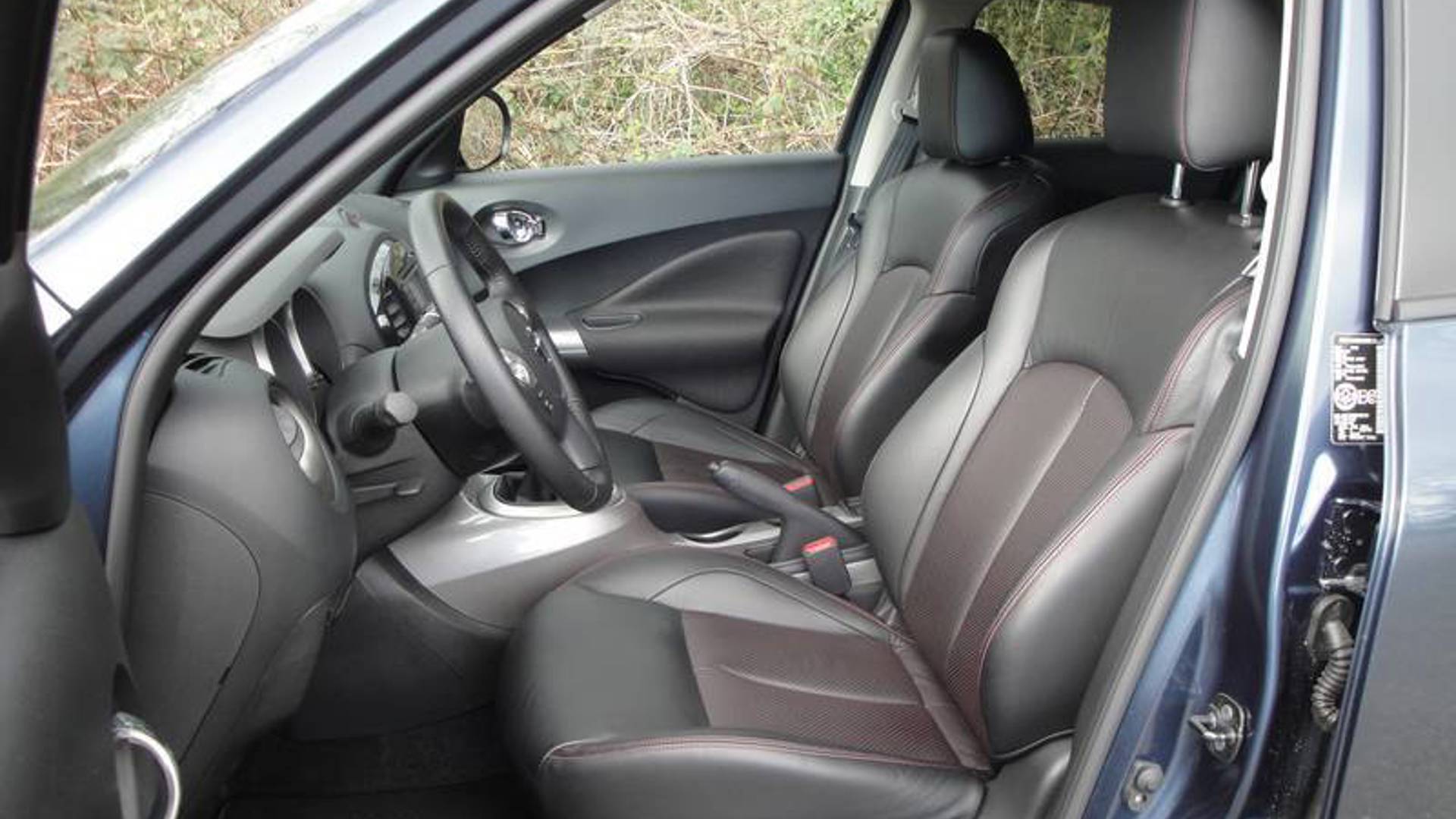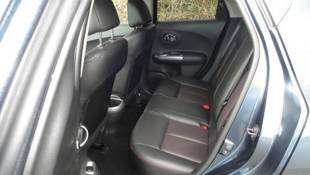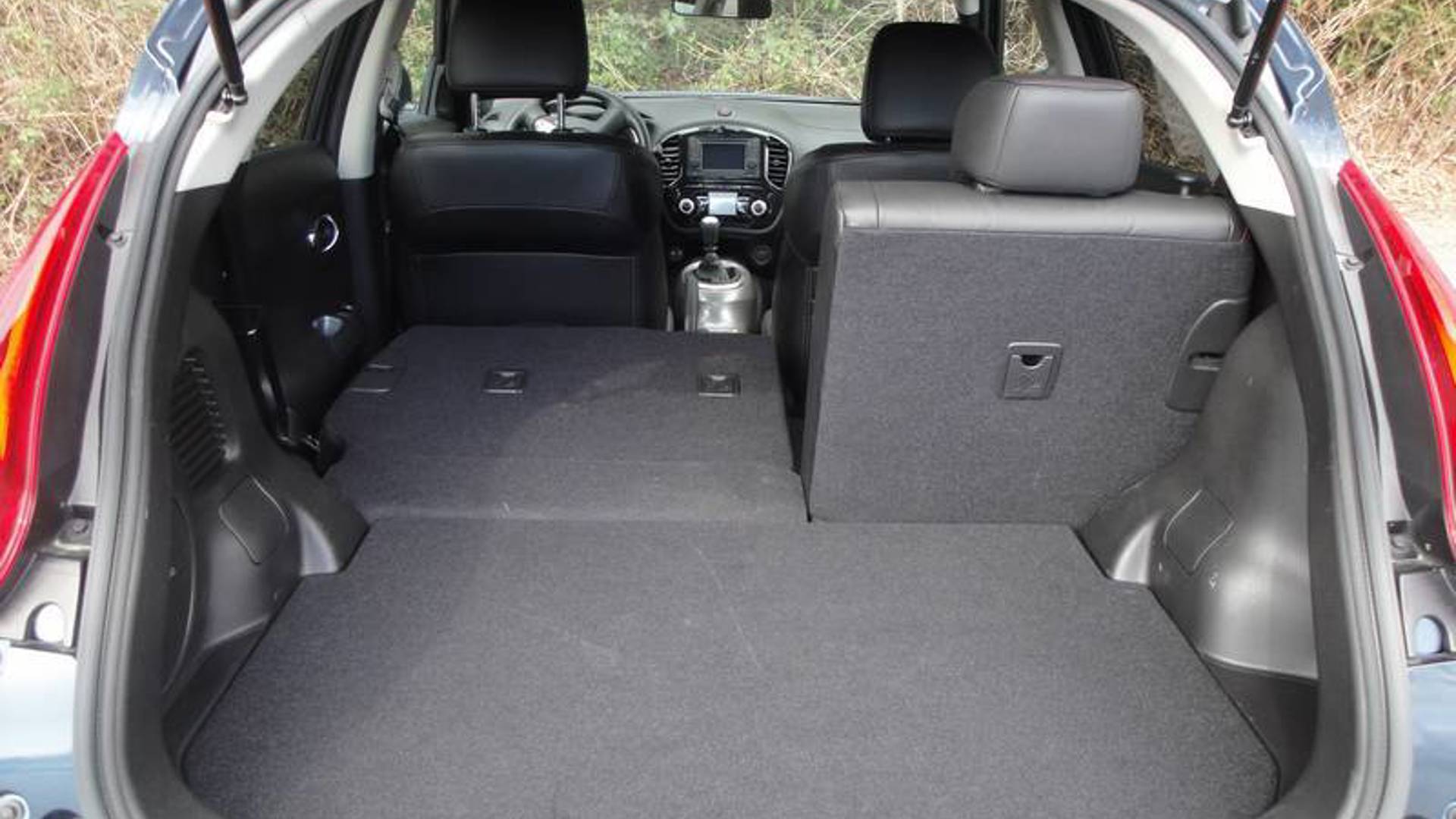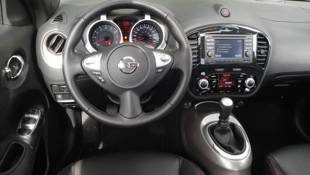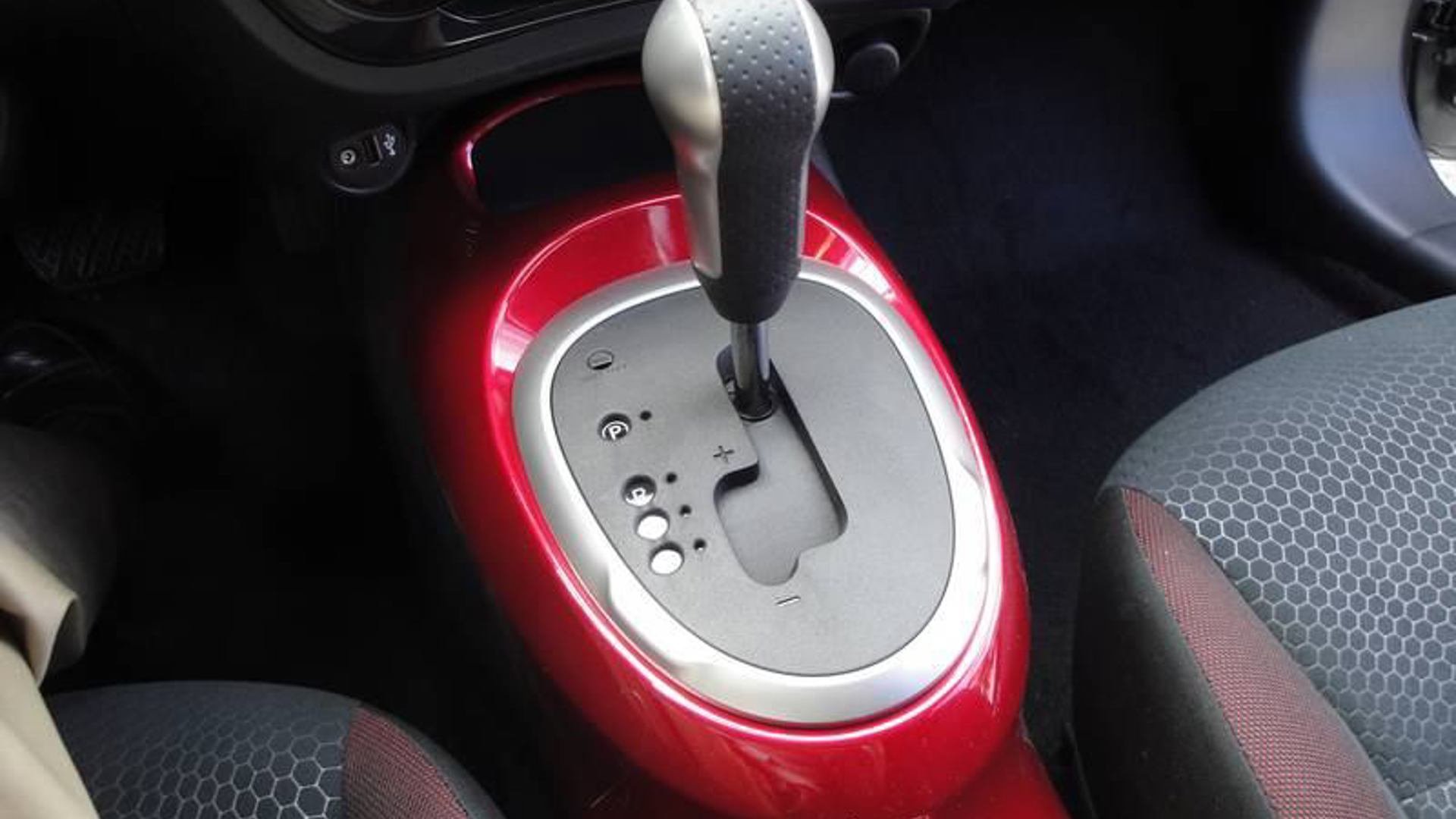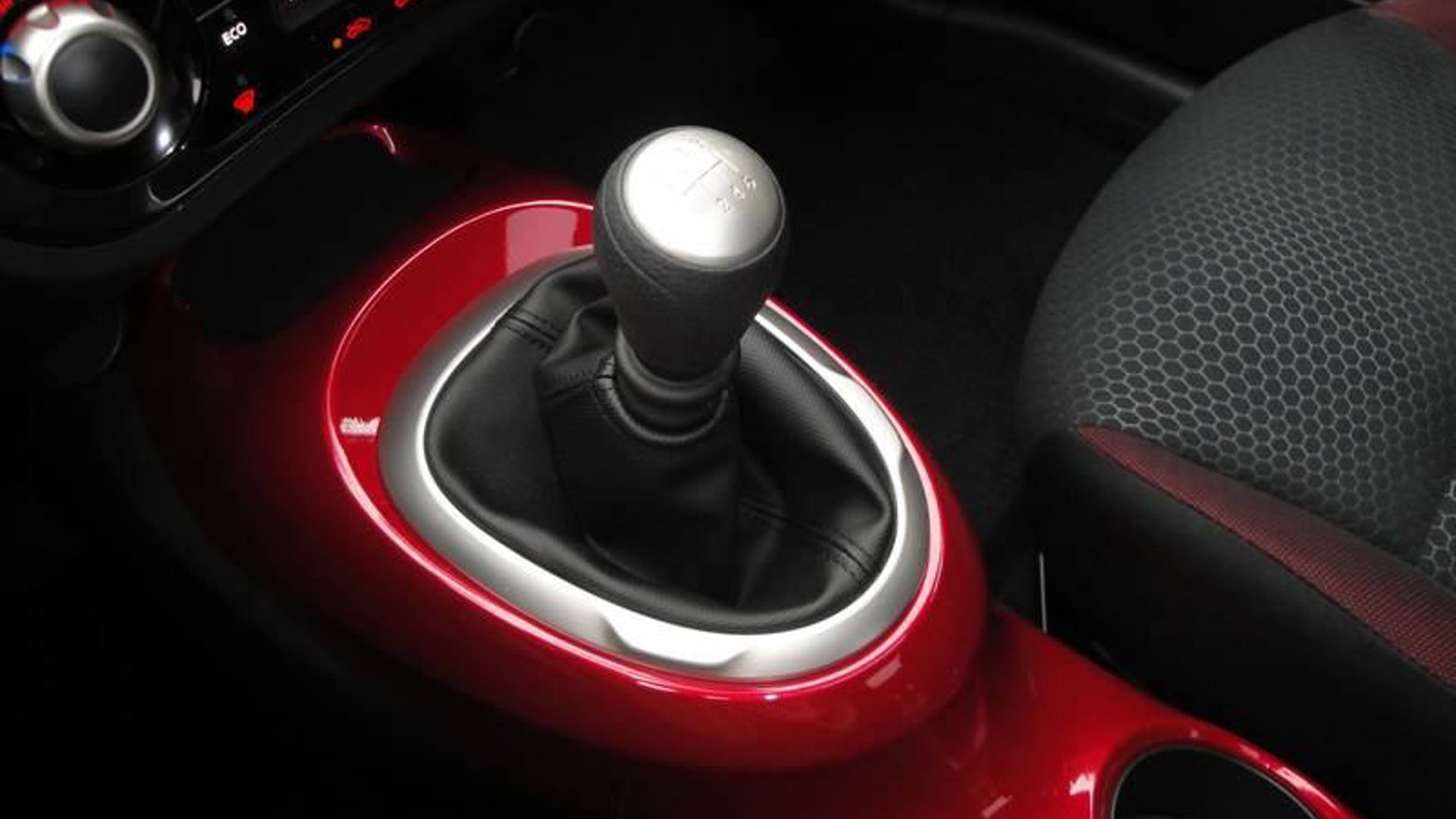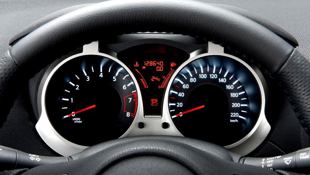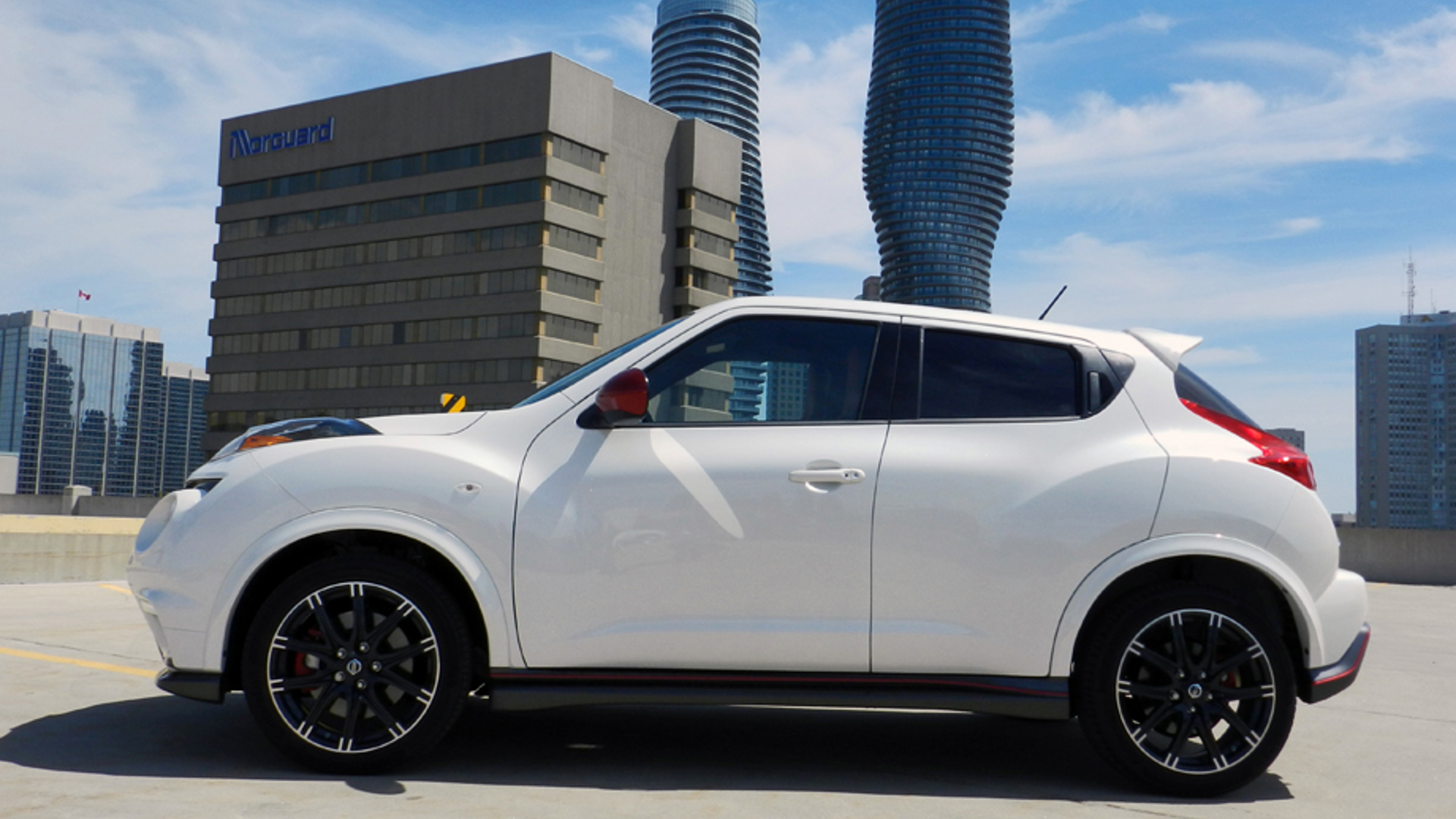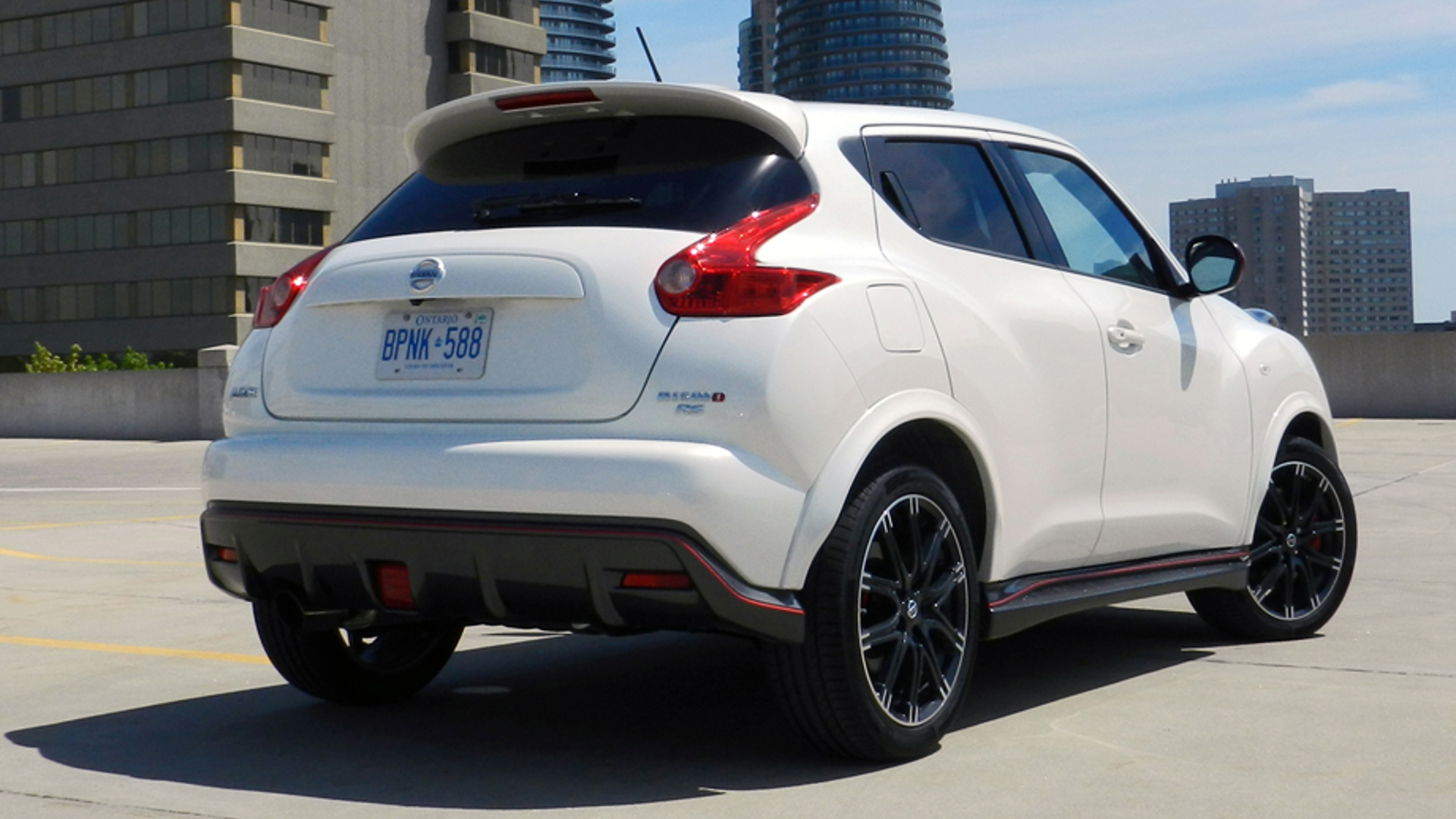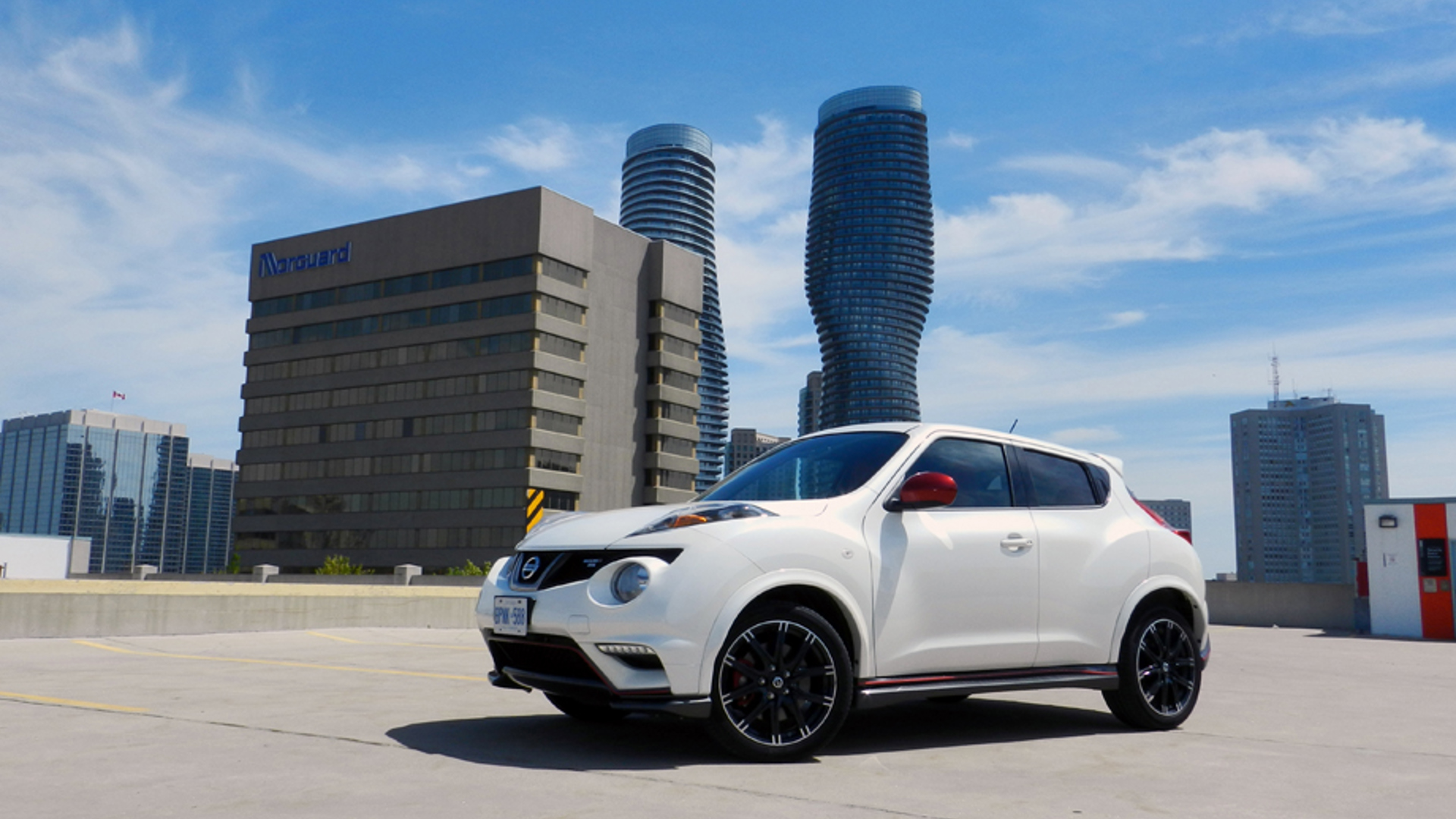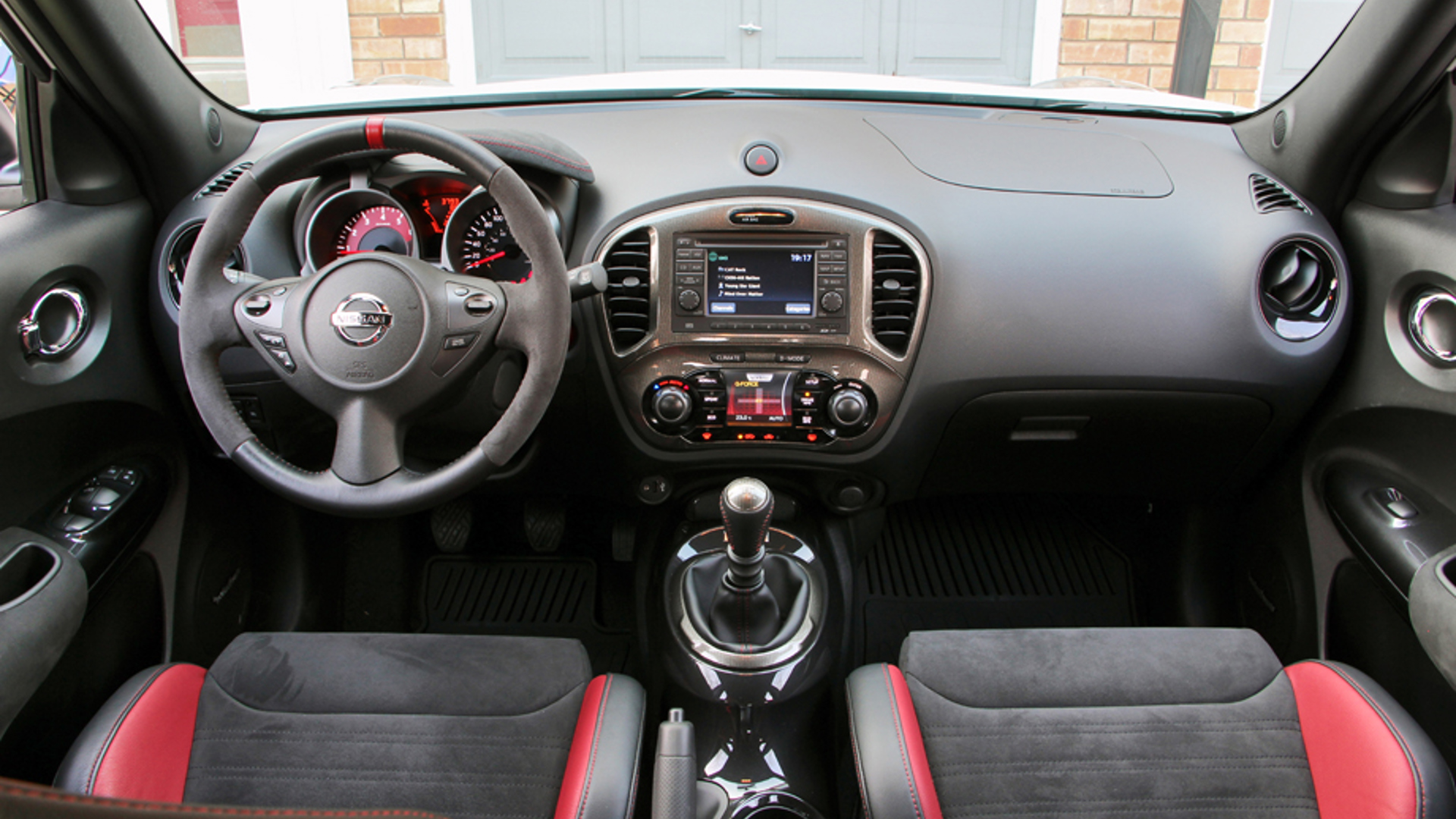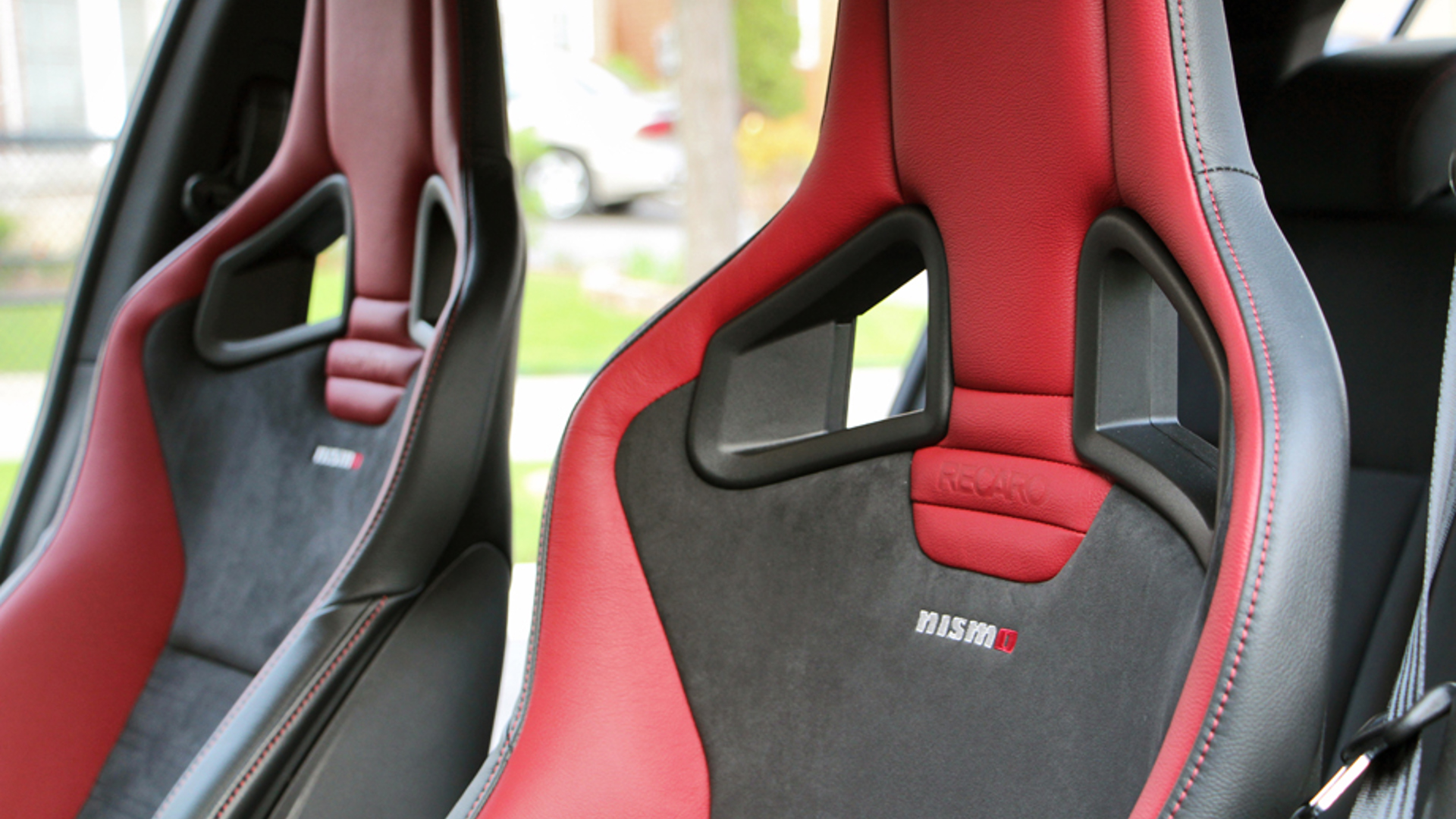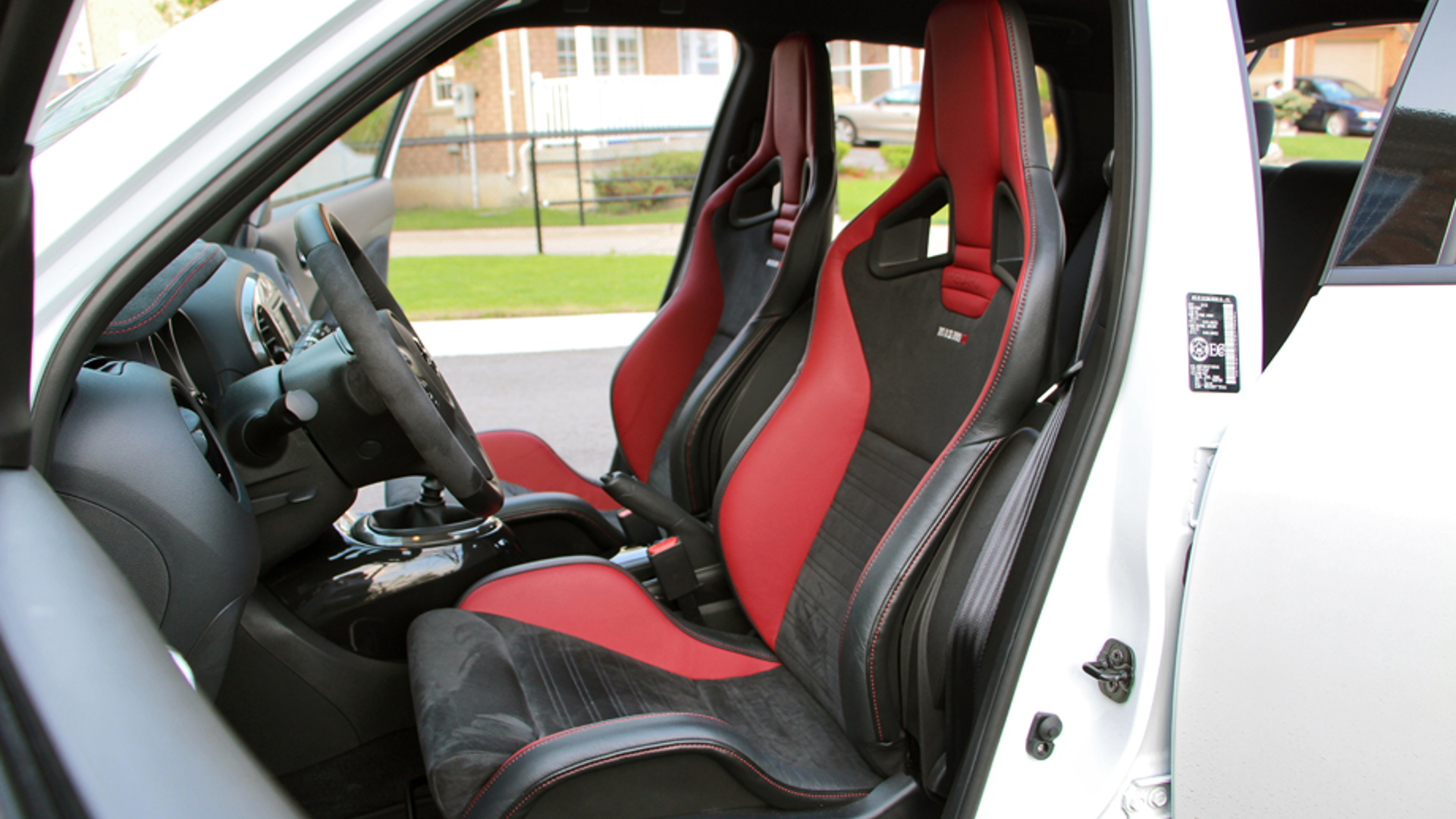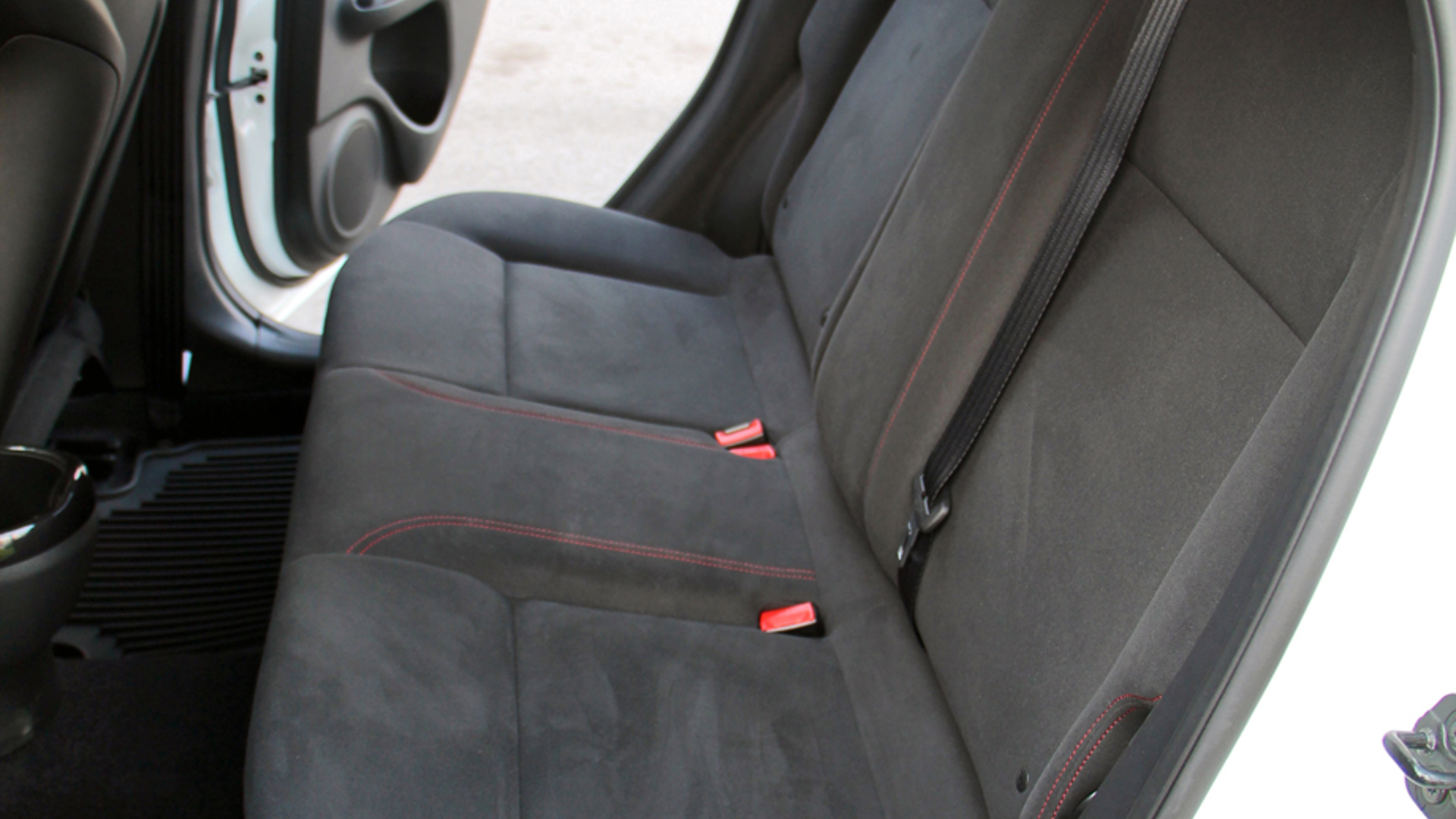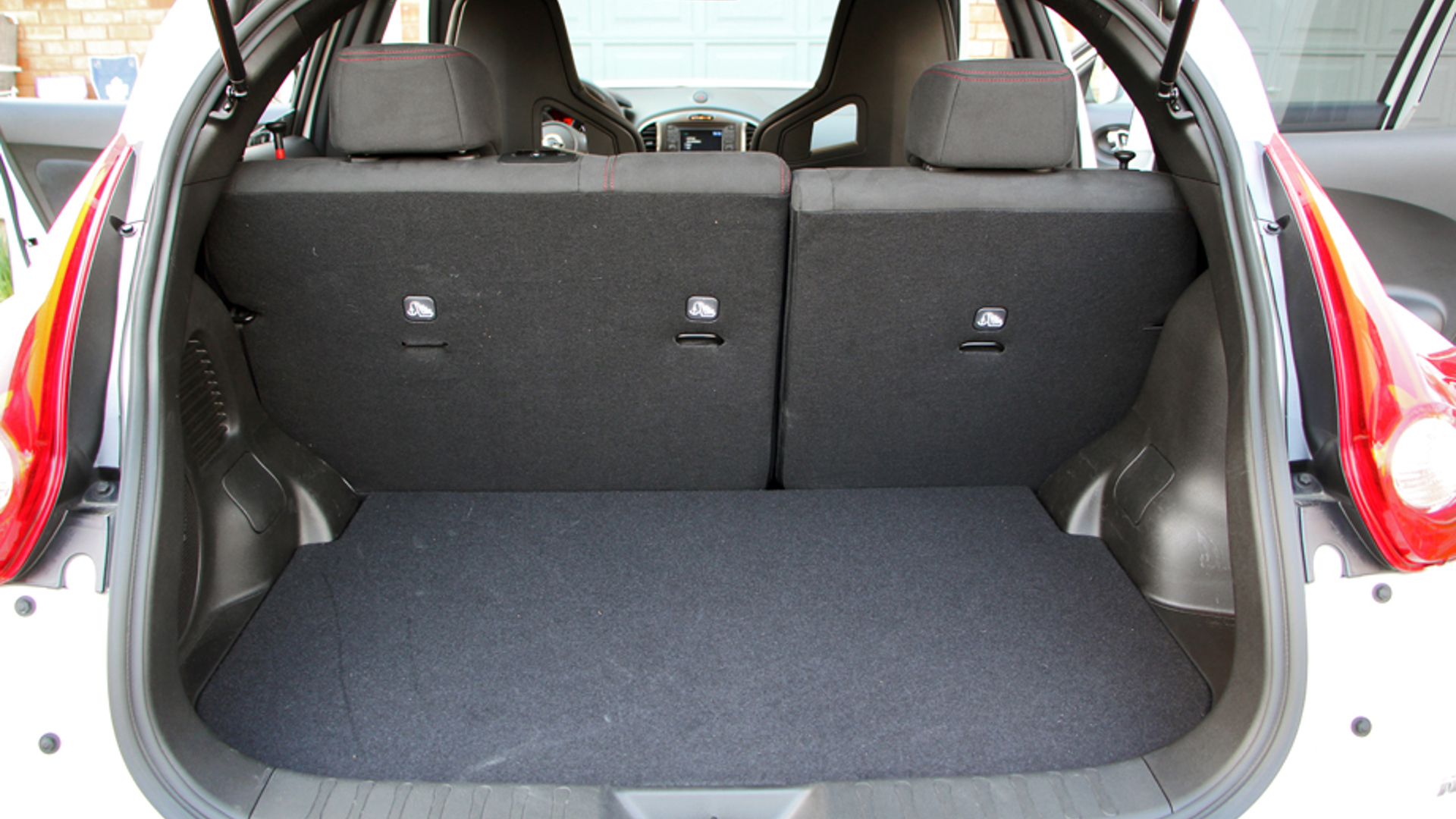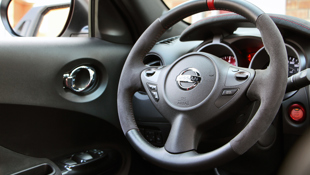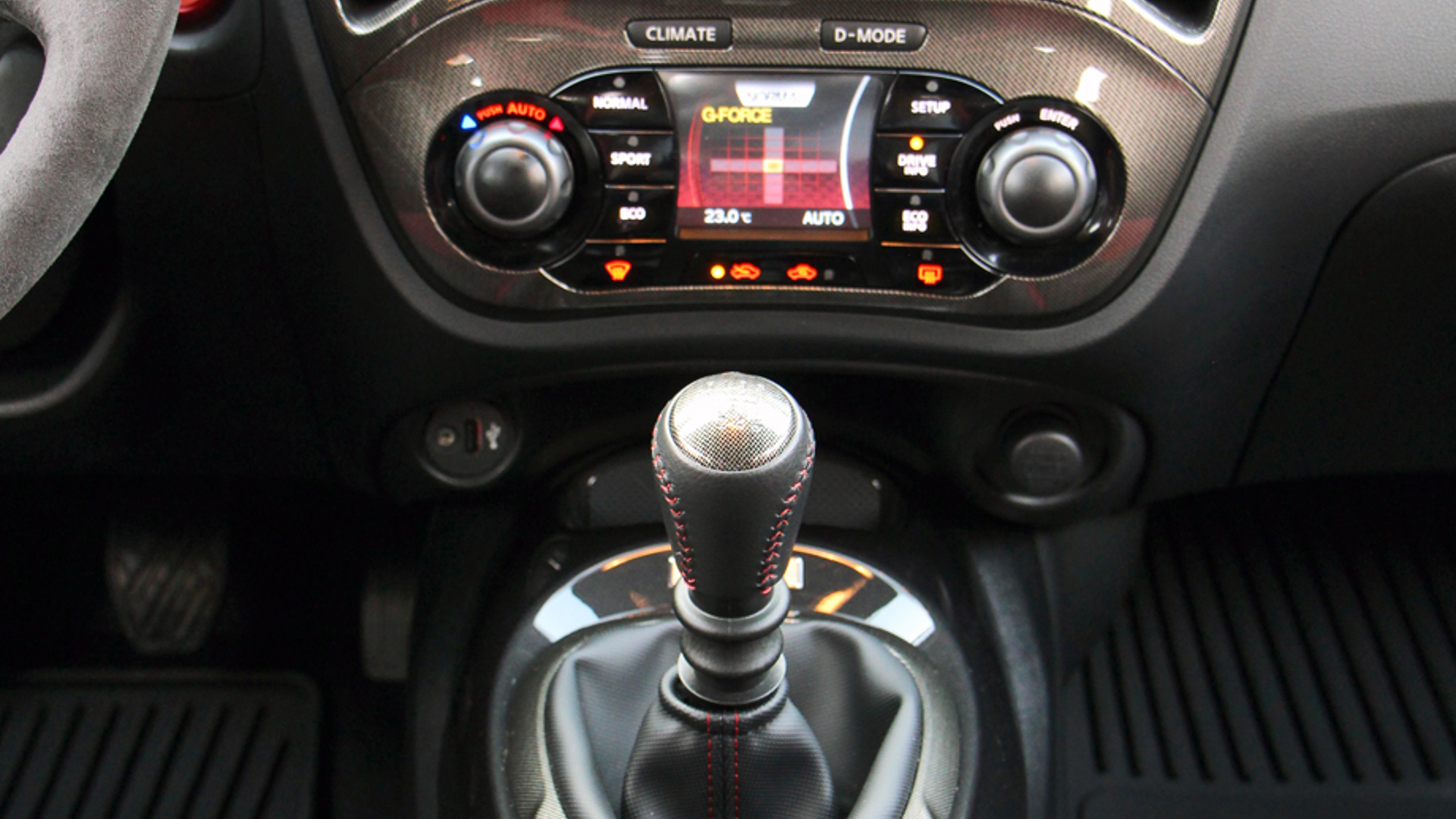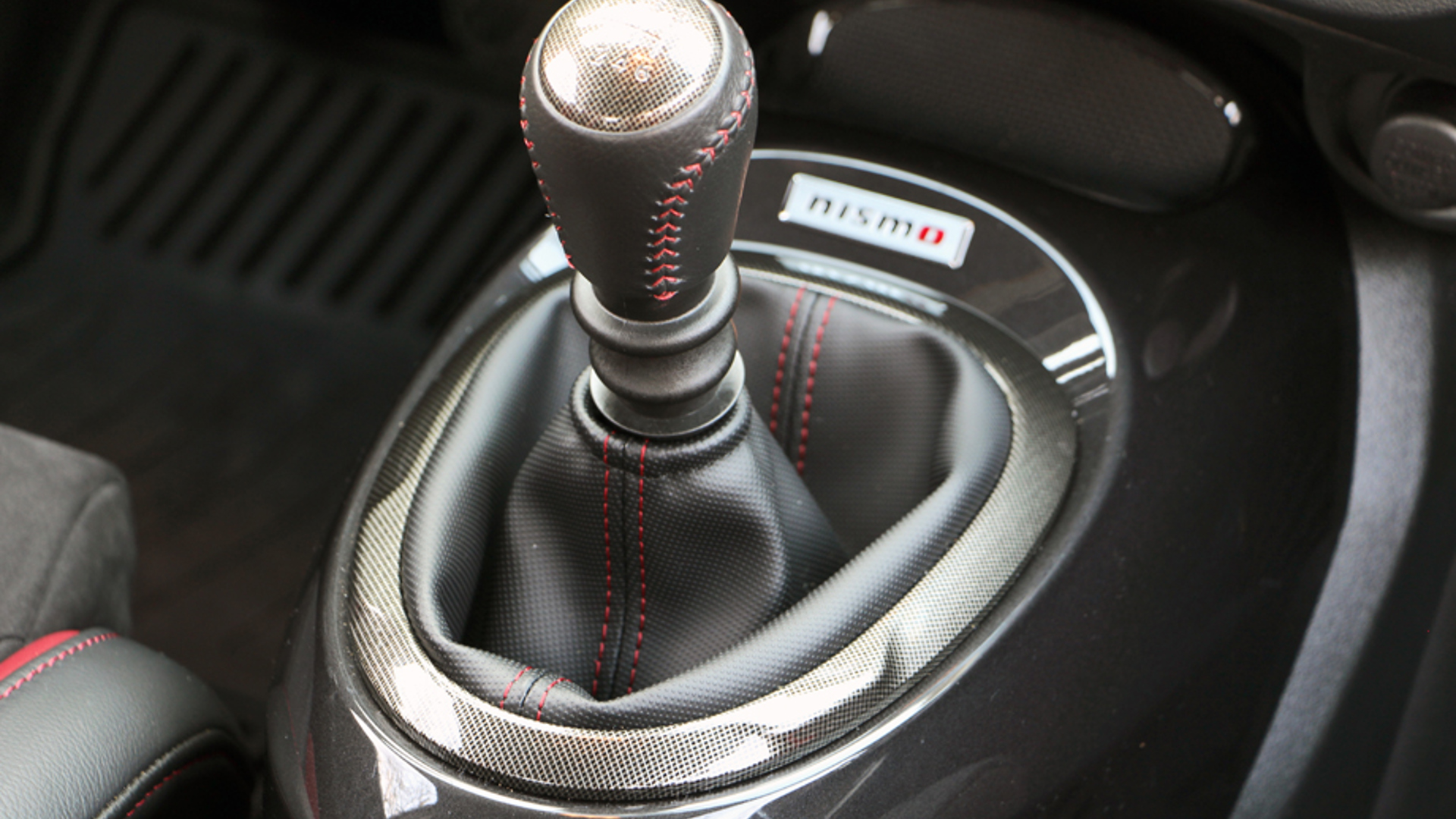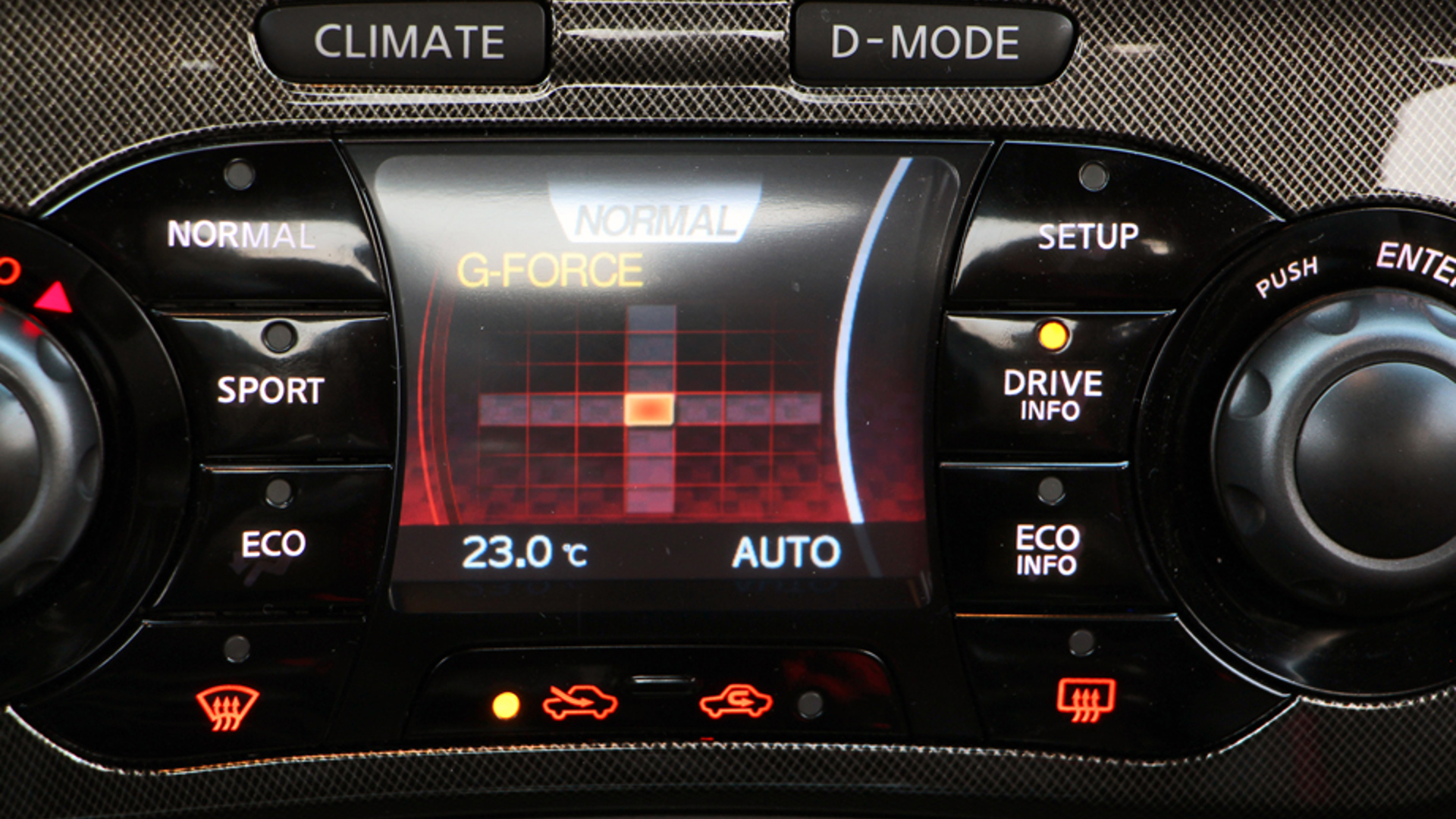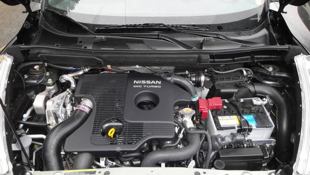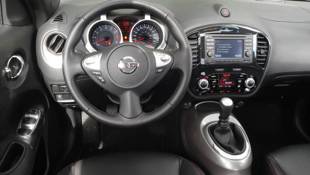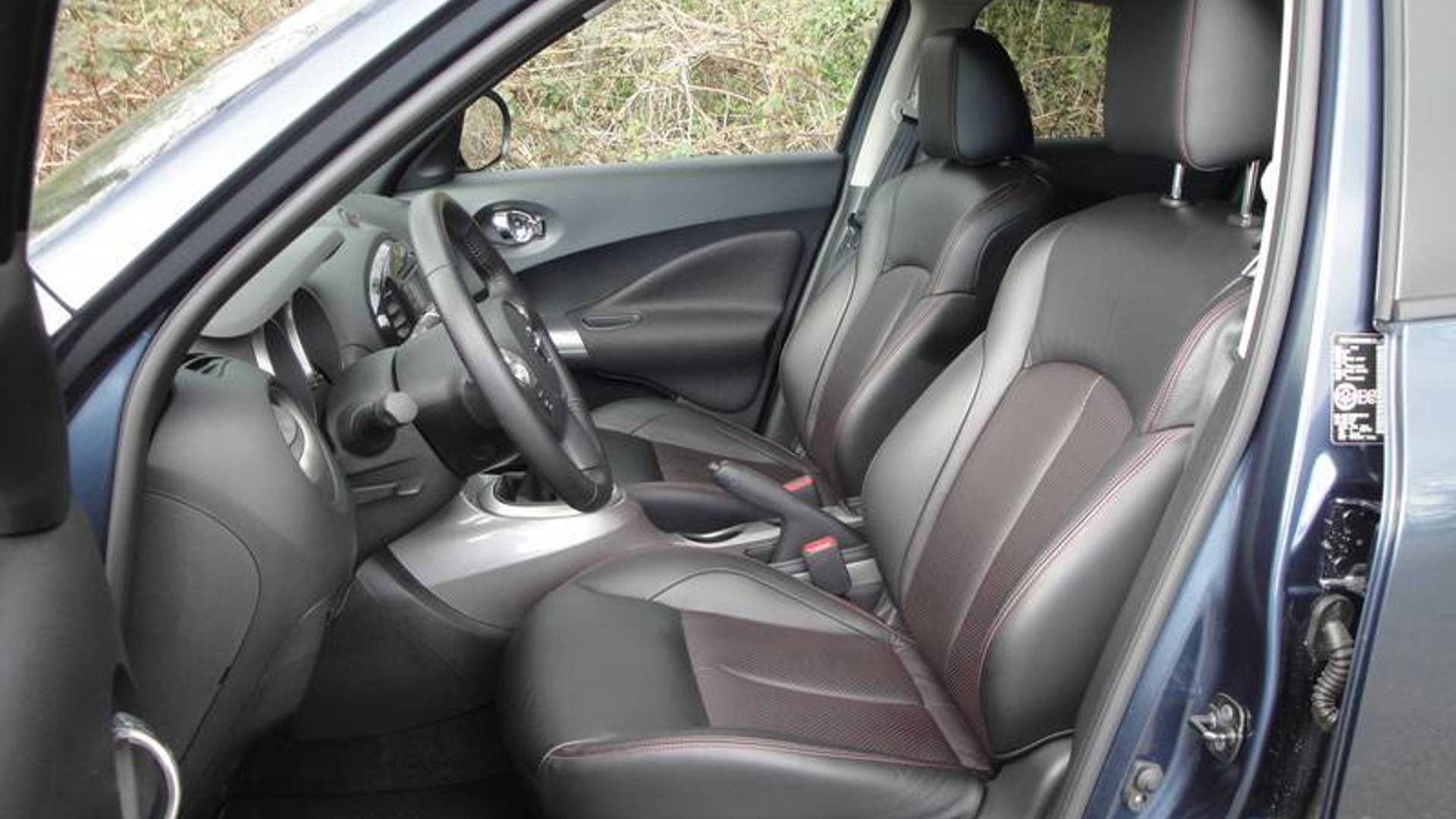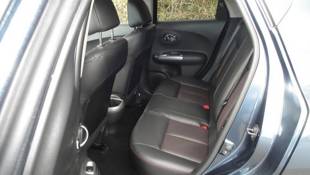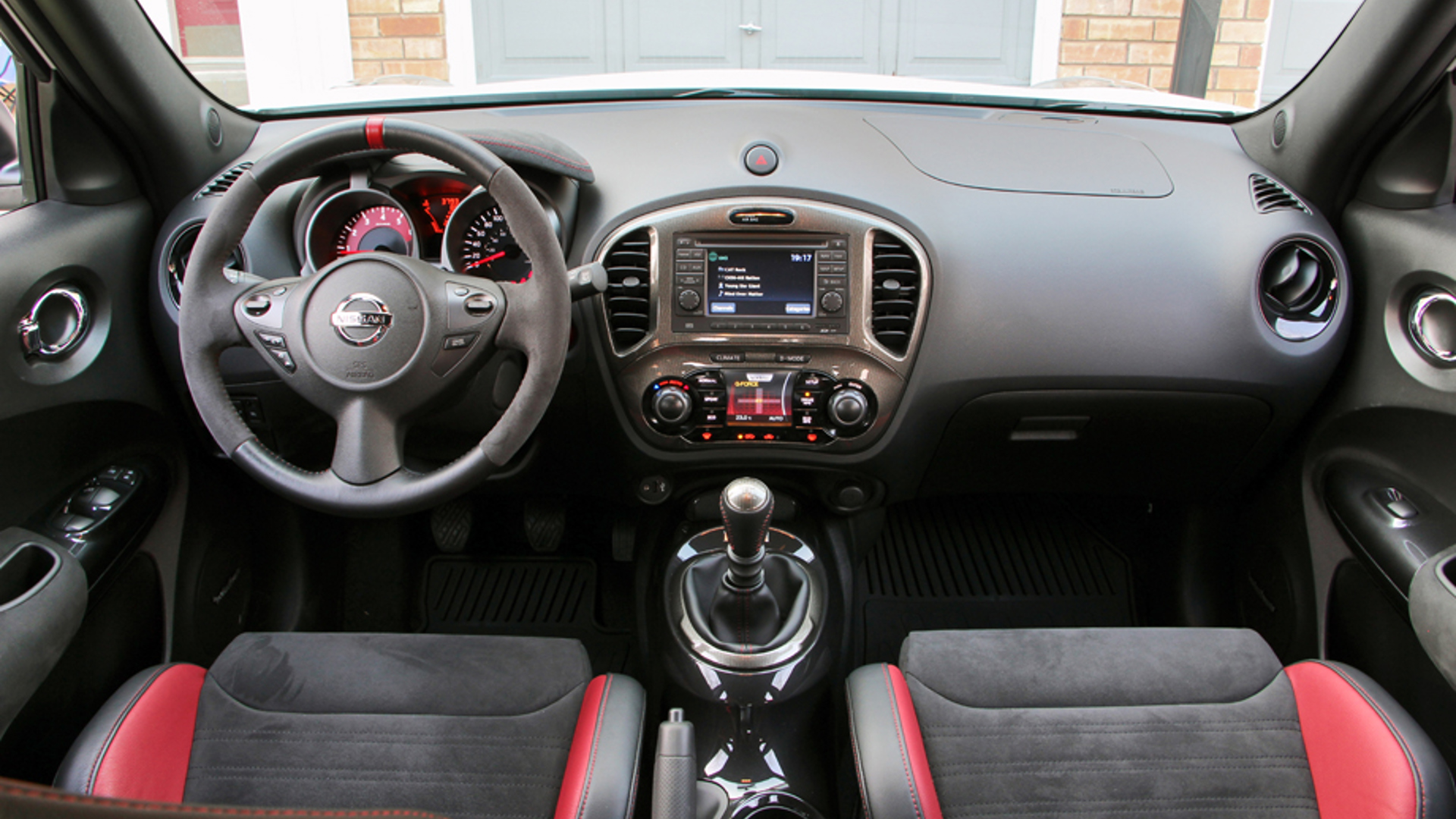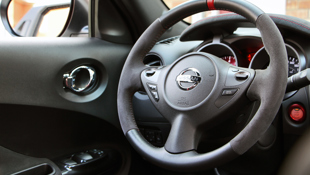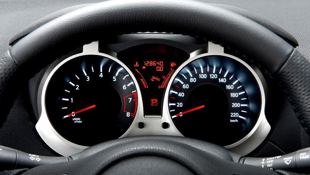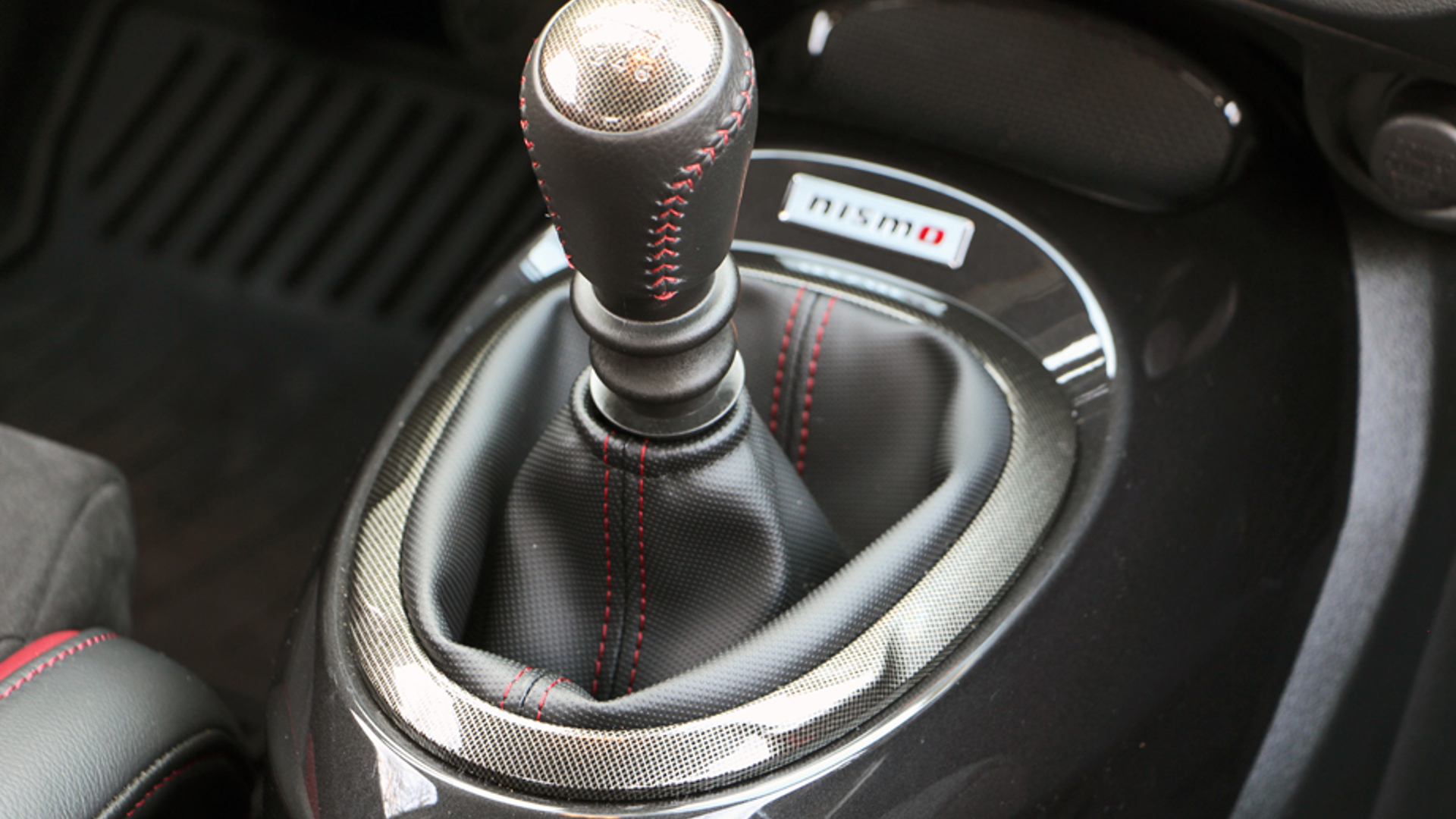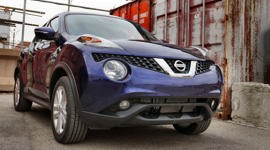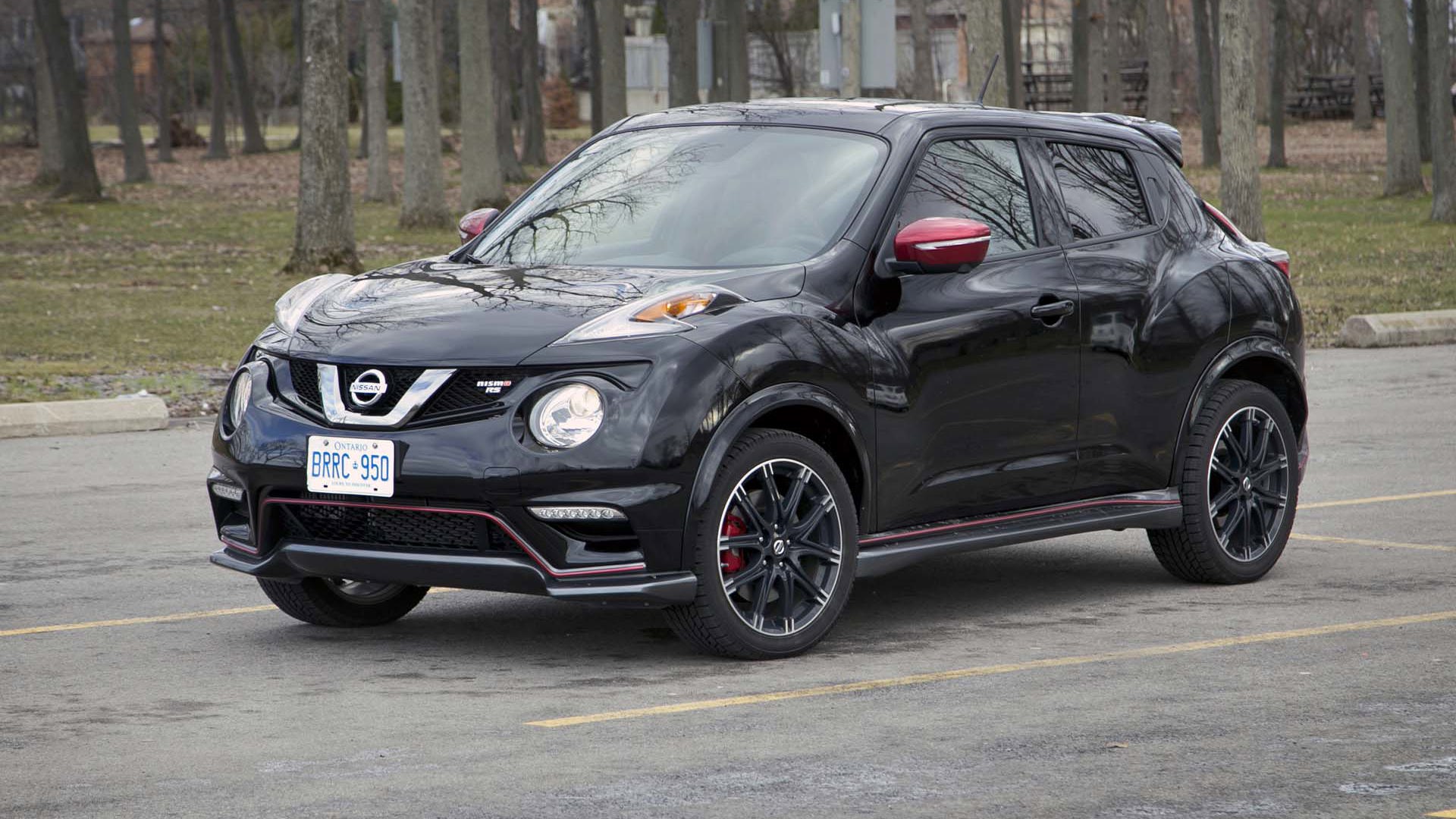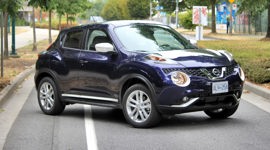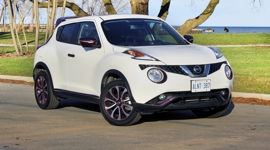Vehicle Type
Owners say they love the fun-to-drive torque and handling of this compact and feisty little model
Compact Crossover
History/Description
After listening to Canadian shoppers looking for a small, flexible and capable vehicle that was fun to drive, easy on fuel and ready for any weather, Nissan brought their compact Juke crossover to market in 2010, as a 2011 model.
Sized similarly to a Toyota Matrix or Dodge Caliber, the Juke initially took a place beneath the popular Rogue in the brand’s model lineup. The Juke went on to earn an IIHS Top Safety Pick rating, and offered up feature content including Bluetooth connectivity, navigation, a drive-mode selector, automatic climate control, push-button start, heated leather, and plenty more. A back-up camera system and Rockford Fosgate audio system could also be specified.
Updates through the Juke’s lifecycle added new colours and personalization options, revised looks, special-edition NISMO models with added performance and style, and more advanced connectivity features, including the NissanConnect system, which was available from 2015 and on.
Engines
All Juke models were powered by a turbocharged and direct-injected 1.6-litre four-cylinder engine, generating 180 horsepower in standard models. NISMO Juke models offer up more power, with the Juke NISMO RS bumping output to 215 hp. Transmission and driveline options included Nissan’s XTronic continually variable transmission (CVT), or a six-speed manual. Front-drive was standard, and a unique, sports-tuned AWD system with torque vectoring could be had – but only with the CVT. Note that 2015 and newer models had an engine-enhancement regimen to improve fuel economy, but without reducing power.
What Owners Like
Owners say they love the fun-to-drive torque and handling of this compact and feisty little model, which is just as entertaining to drive as it is weird-looking. Other owner-stated plusses include a fast-acting manual shift mode on the CVT transmission, and good overall bang-for-the-buck in terms of feature content. Many shoppers gravitated towards the Juke for its higher-than-average level of customization options, too.
What Owners Dislike
Complaints include the sometimes hard-to-digest looks, fuel economy during spirited driving, and limited space for rear-seat occupants. Some drivers wish for a softer ride, too, but this is typical of many sports-tuned models that ride a stiffened suspension.
Here’s a look at some Nissan Juke owner reviews.
The Test Drive
Start by being aware of this service campaign, where Nissan came good on a potential defect with the engine timing system in some Juke models, and contacted owners to replace a potentially problematic selection of timing gear components. The issue? In a nutshell, some 2011 to 2013 units may have had a bad timing chain installed, and dealers were repairing and replacing said timing chain, and associated chain guides and sprockets. In some situations, the affected engines could trip a Check Engine light as the chain deteriorated. If left unattended, the chain could fail, causing considerable engine damage.
This recall campaign ended in 2015, and the owner’s community suggests that Nissan did a great job of contacting all affected owners and repairing all affected units. This isn’t a worrisome issue – but if you’re considering a 2011 to 2013 model, contact your dealer sales department with its VIN number to see if the unit you’re considering was affected by the service campaign, and if the work was completed. In the extremely unlikely case you find yourself shopping for a used Juke that qualified for this campaign but wasn’t repaired, moving to another model is advisable.
Here’s some more reading. Note that this recall campaign is now over.
Here’s a comprehensive thread outlining potential problems with dirty fuel injectors, which could get dirty, not spray properly, cause one or more cylinders to run lean, and burn a valve or two. It’s unclear how common this issue is throughout the owner community, but note that running a top-tier fuel at all times, running only factory-specified engine oil, and staying on top of spark-plug change intervals can help maintain the cleanliness of engine internals indirectly.
Some owners choose to remove and professionally clean the fuel injectors as part of preventative maintenance, though this may be overkill. The Juke is a good candidate for a regular bottle of fuel injector cleaner and a few good full-throttle romps, however.
Is the Juke giving you a passenger seatbelt alarm warning, even if nobody is in the passenger seat? This is a fairly common issue, identified by numerous owners as a bad sensor or wiring connection. This issue should be fairly easy to address, with the interim fix being to leave the passenger seatbelt buckled at all times. Here’s some more reading.
Check the Juke’s headlights for signs of condensation or excessive fading or yellowing, noting that a small amount of internal condensation is typically acceptable and will burn off once the lights are activated – but that excessive condensation could indicate a badly sealed headlamp housing, and cause issues. Here’s some more reading.
A note on the continually variable transmission (CVT). As it goes with other Nissan models running this transmission, be sure all fluid changes specified in the owner’s manual have been adhered to, and performed only at the dealer. Reason? Problems can arise if the CVT is improperly drained, improperly filled, or refilled with an improper fluid. Note that a fresh fluid change can solve certain issues with the transmission, especially if the fluid is overdue for a change.
Do not take CVT fluid changes lightly, or extend them. Here’s a great story about an unlucky owner who bought a used Juke that had missed several transmission fluid changes. When he had the vehicle inspected at a dealer, it was discovered that the transmission was ruined, and its warranty was voided because fluid changes had been skipped. This is a great reason to inspect all service records available against the vehicle’s factory maintenance schedule.
Two final notes.
First, note that unwanted clunking or popping sensations felt while accelerating, braking or steering could be the result of a bad motor mount, or a bad axle. This is especially true if the offending sound is accompanied by a banging or tapping sensation felt through the Juke’s floor. Though reports are patchy, these are issues worth being aware of, and each can be easily verified by a technician on a pre-purchase inspection.
Second, be sure to carefully inspect the Juke’s seating surfaces, and especially if equipped with the leather interior. Some owners have reported issues with premature wear, ripping, tearing, and loose stitches. Here’s some more reading.
The Verdict
Juke’s most serious reliability problem was the timing chain issue, and it looks like Nissan tackled it properly. Other issues are all fairly minor and easily addressed – but shop carefully for a model that has all service records, and especially service records that confirm the CVT was serviced on time, by a dealer, every time. If the unit you’re considering gets a thumbs-up from a mechanic, ahead of your purchase, proceed with confidence.
Here’s a short list of Nissan Juke recalls.
Crash Test Ratings
IIHS: Top Safety Pick
NHTSA: 4/5 Stars
